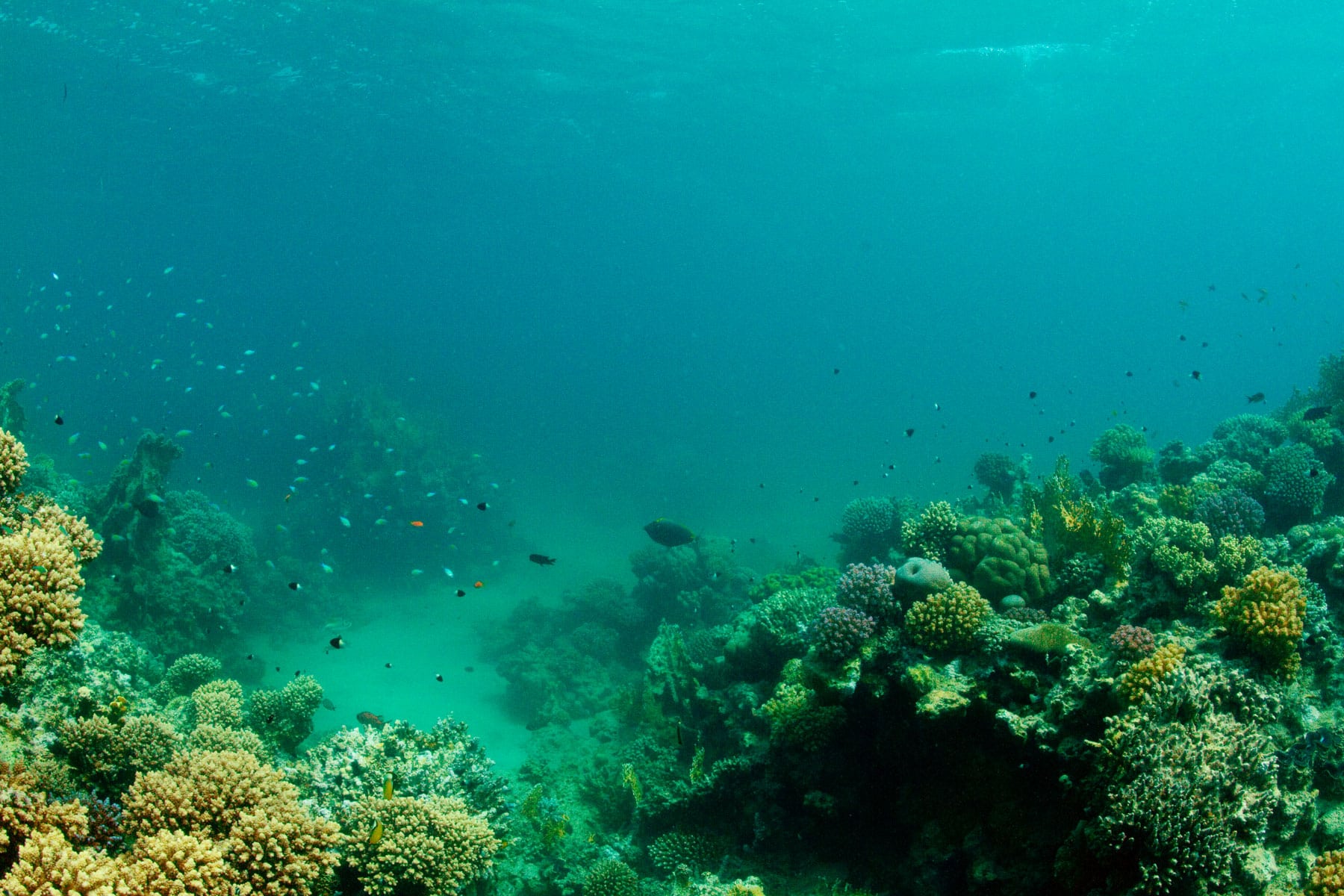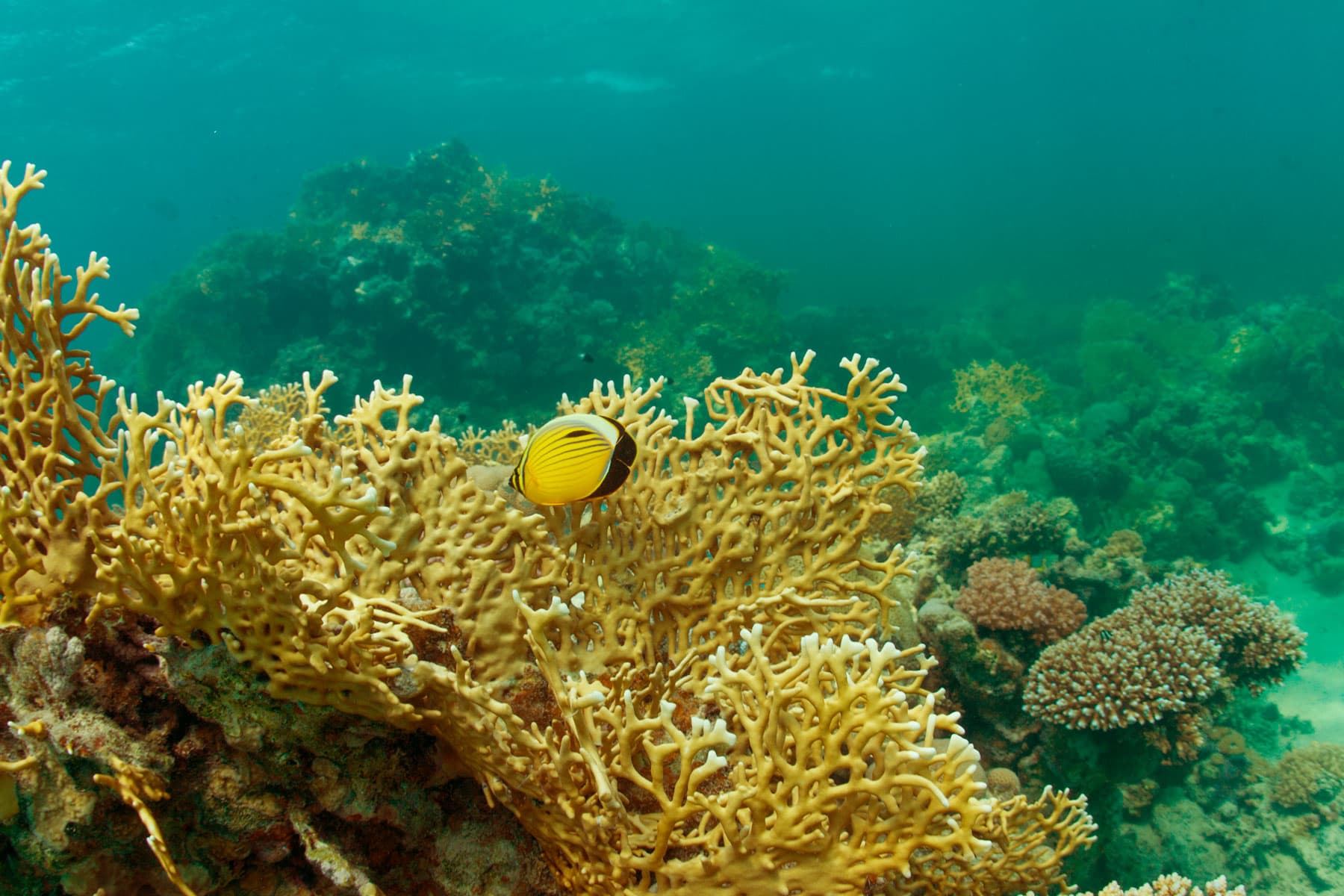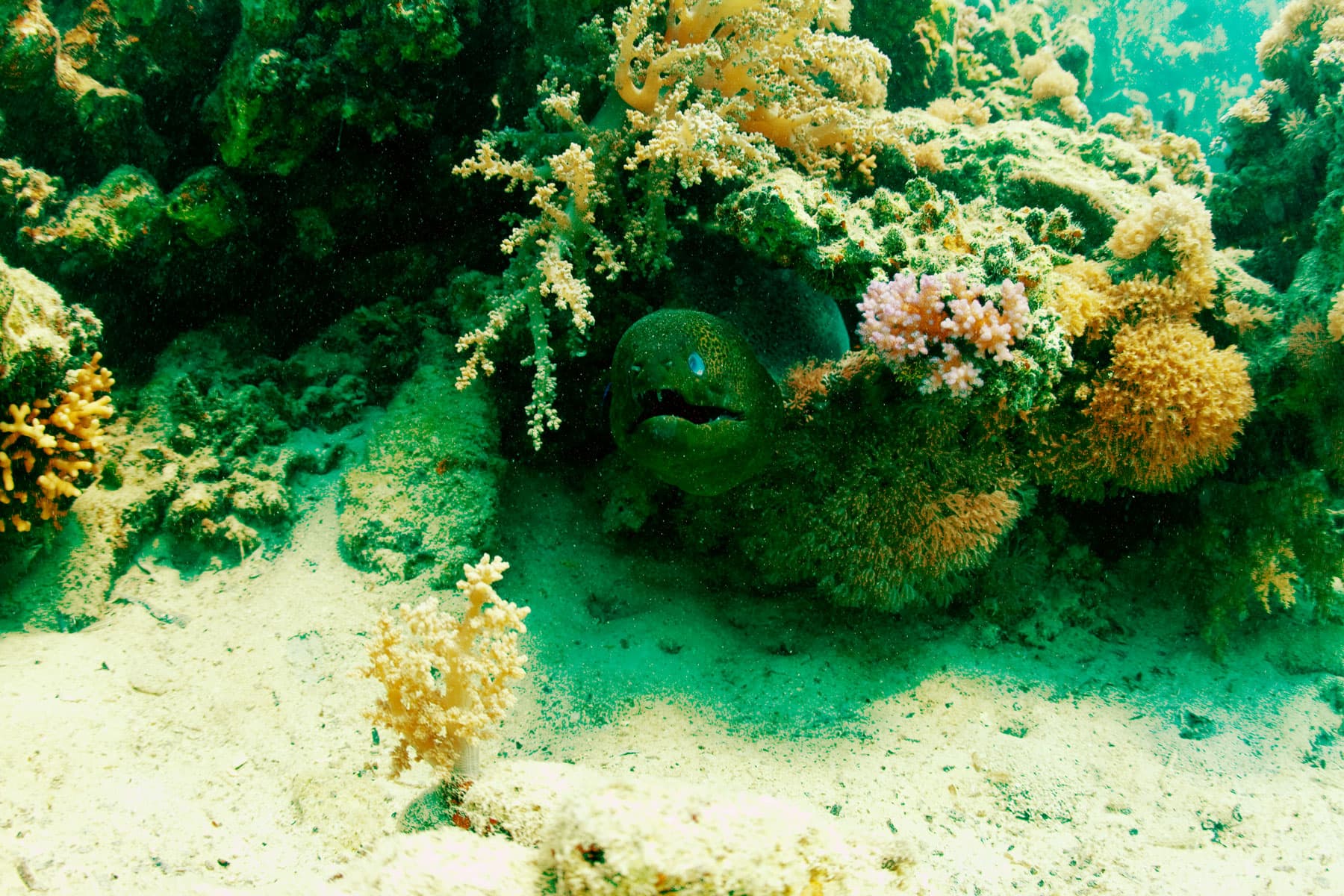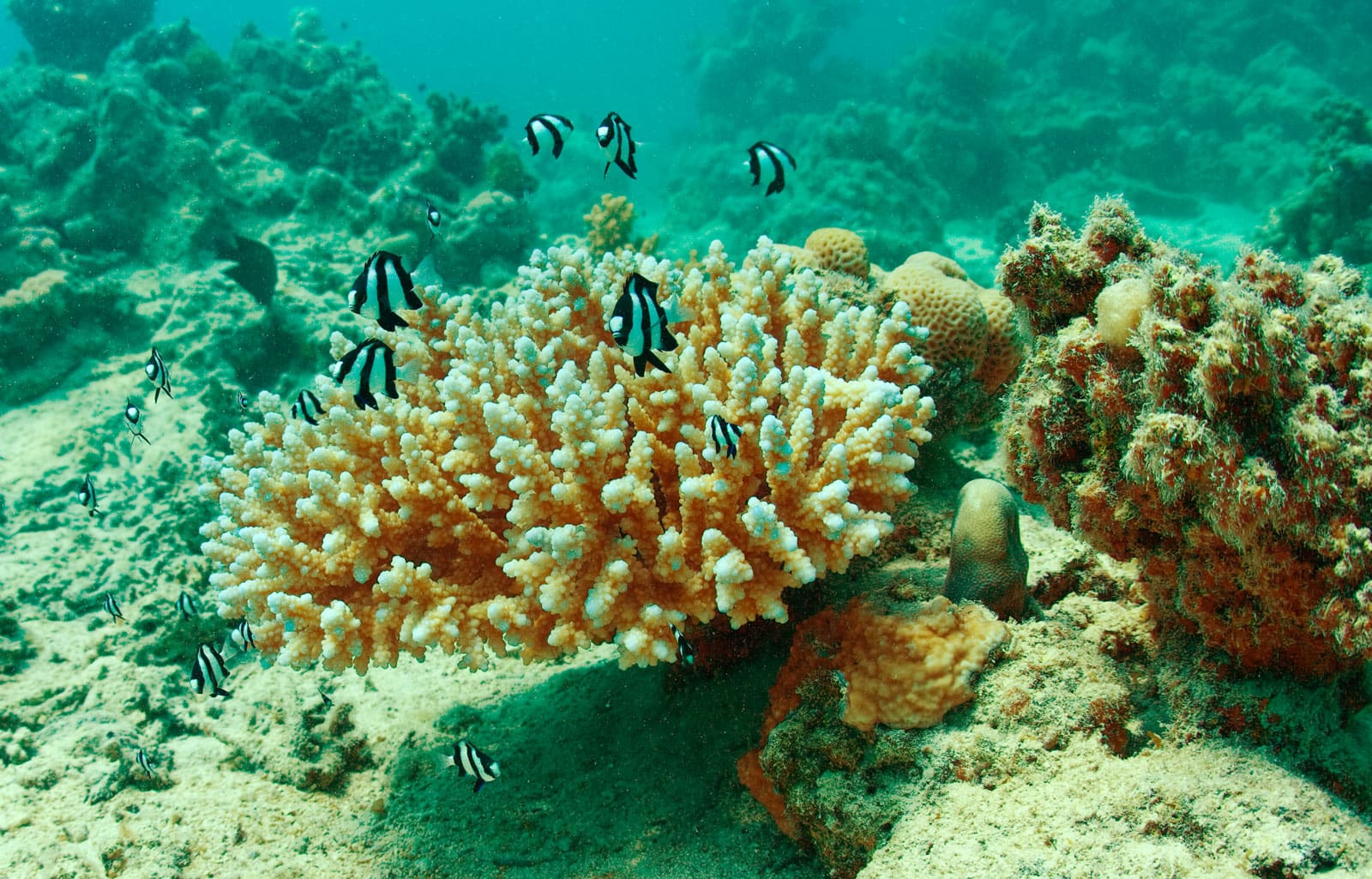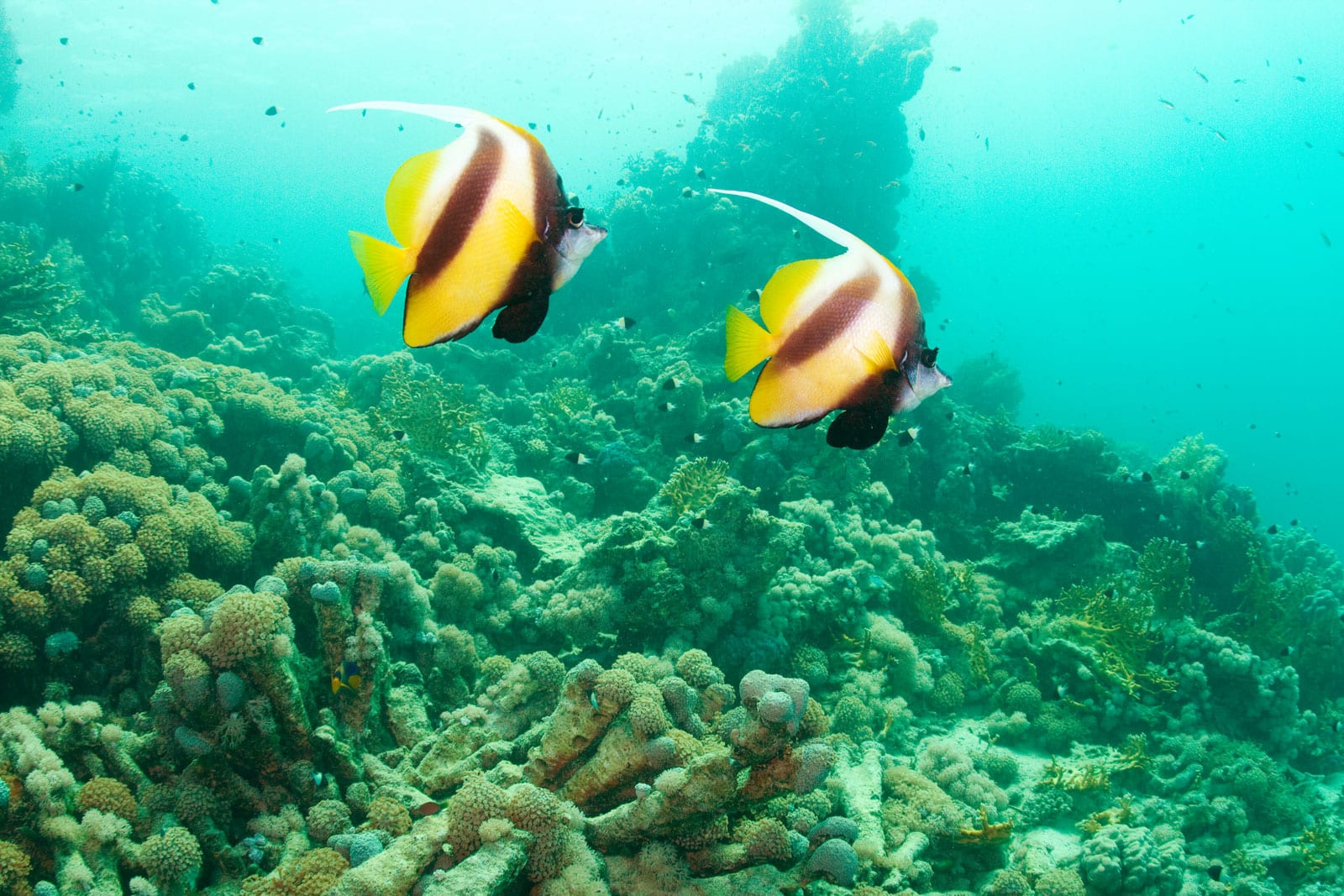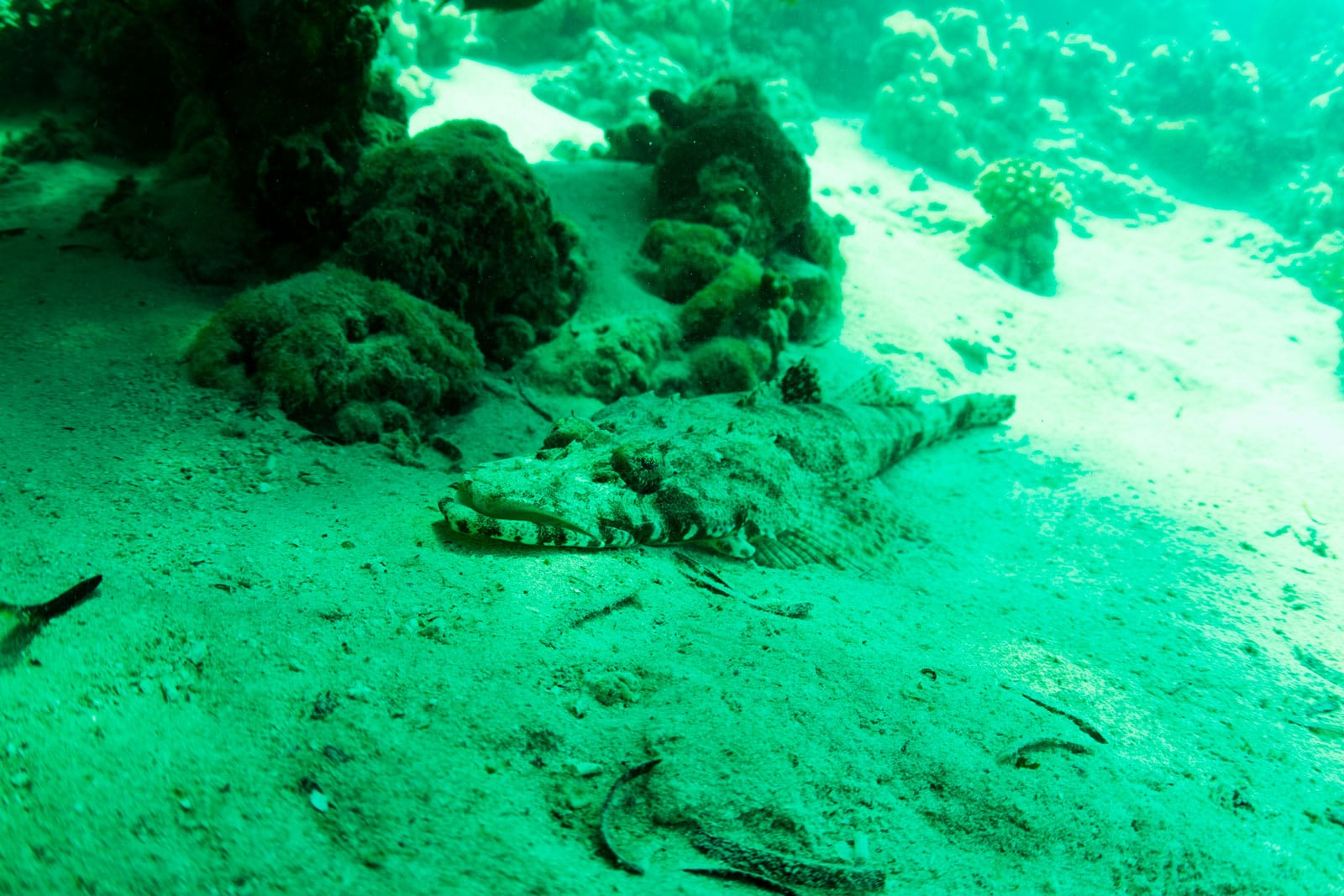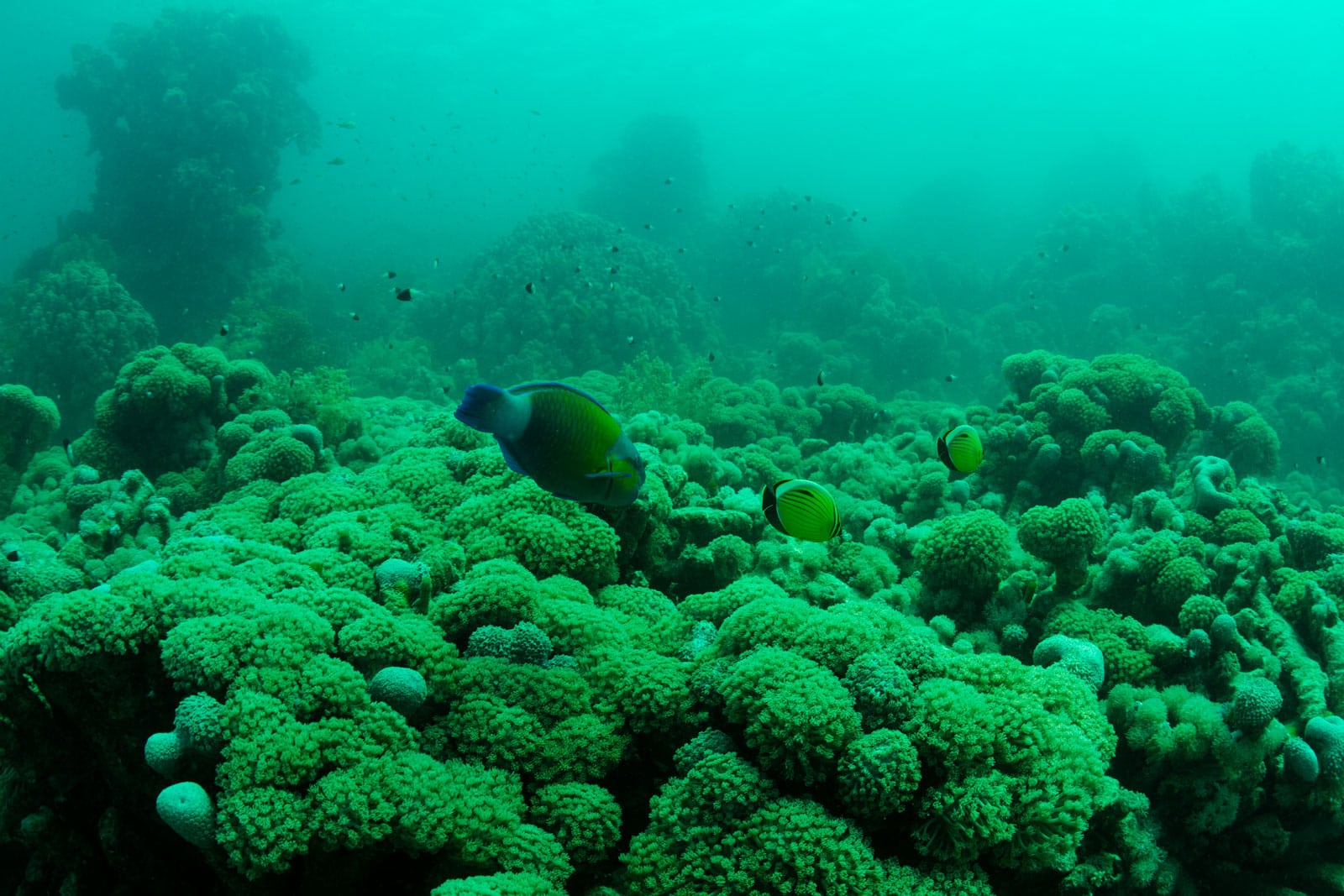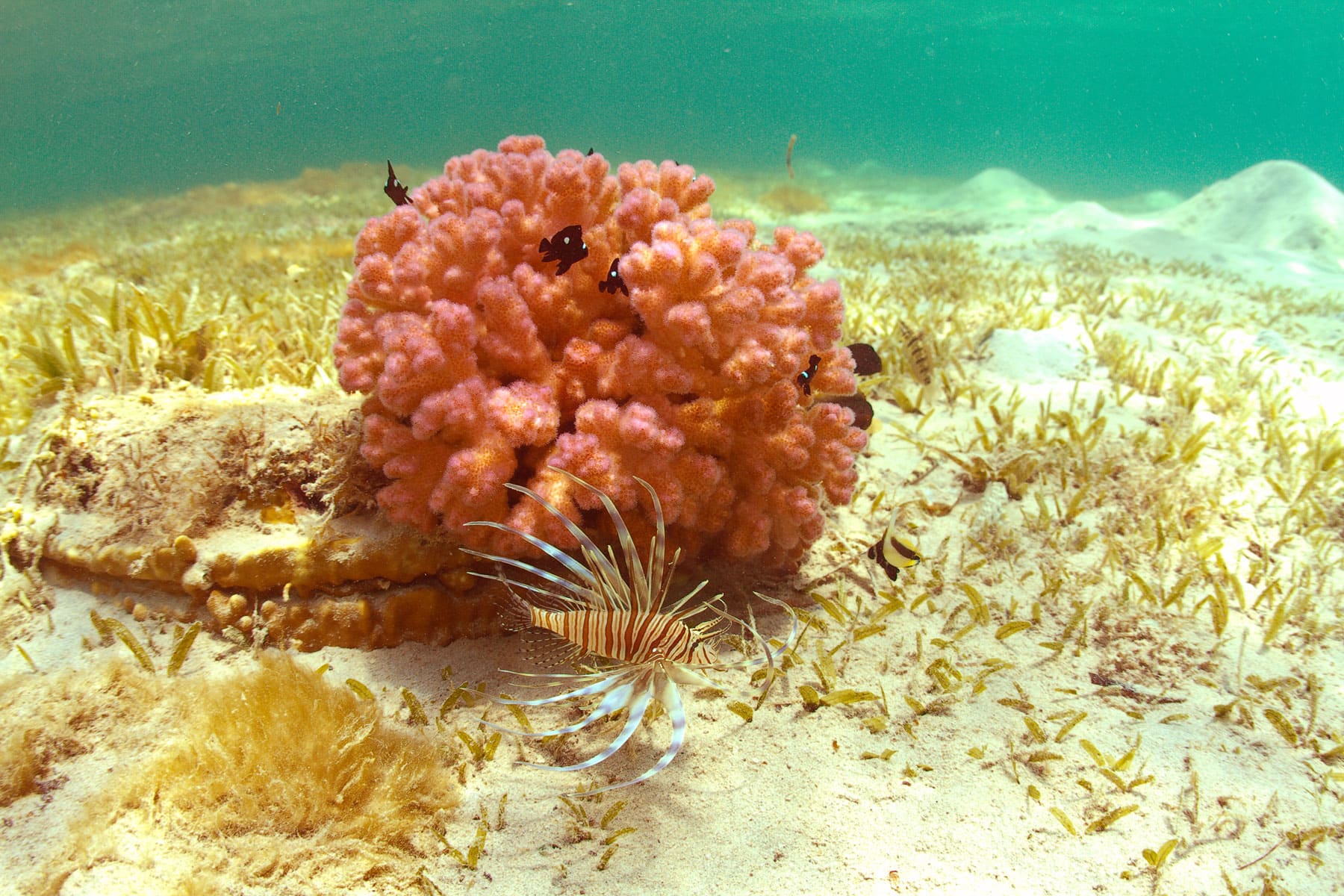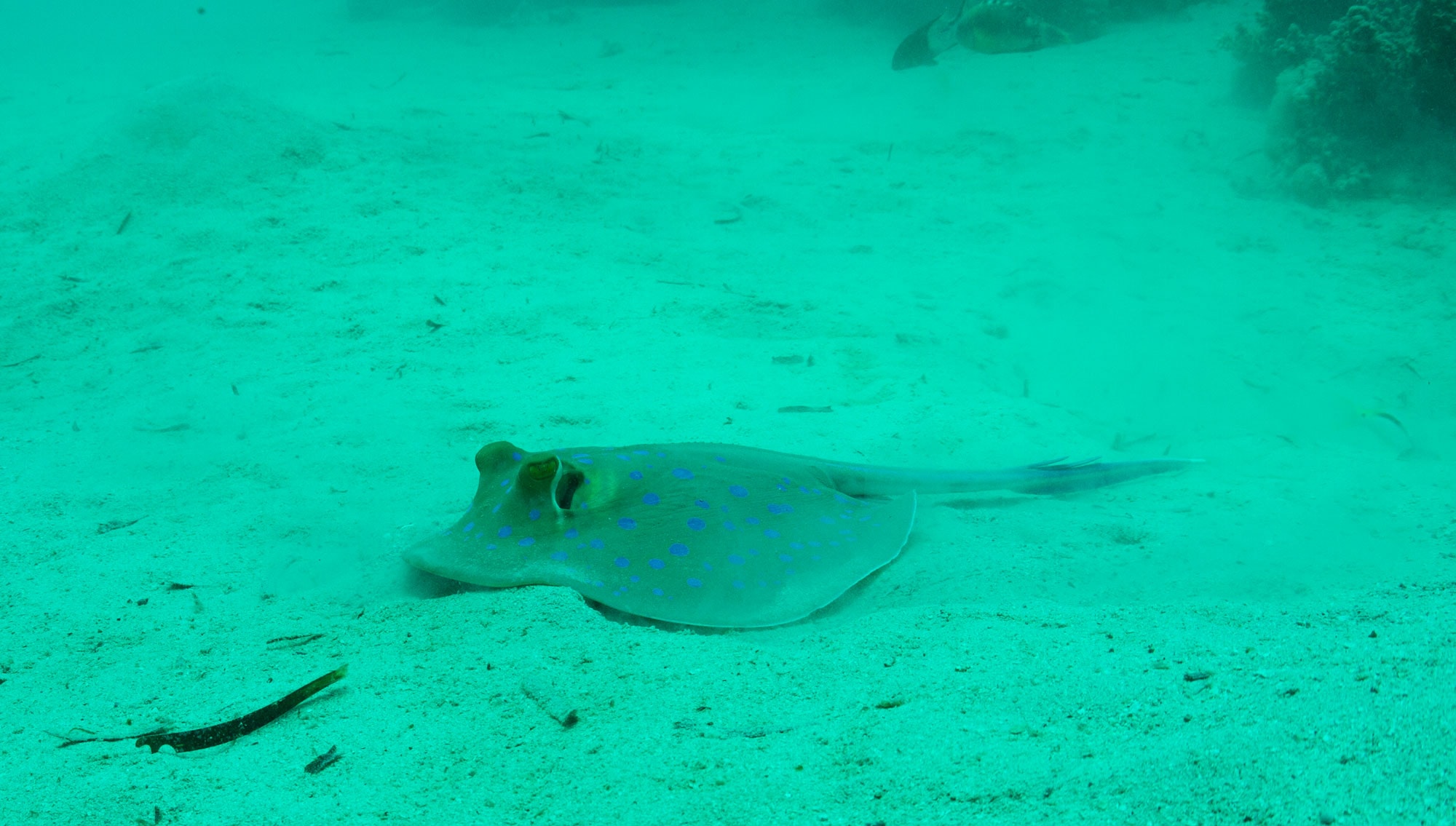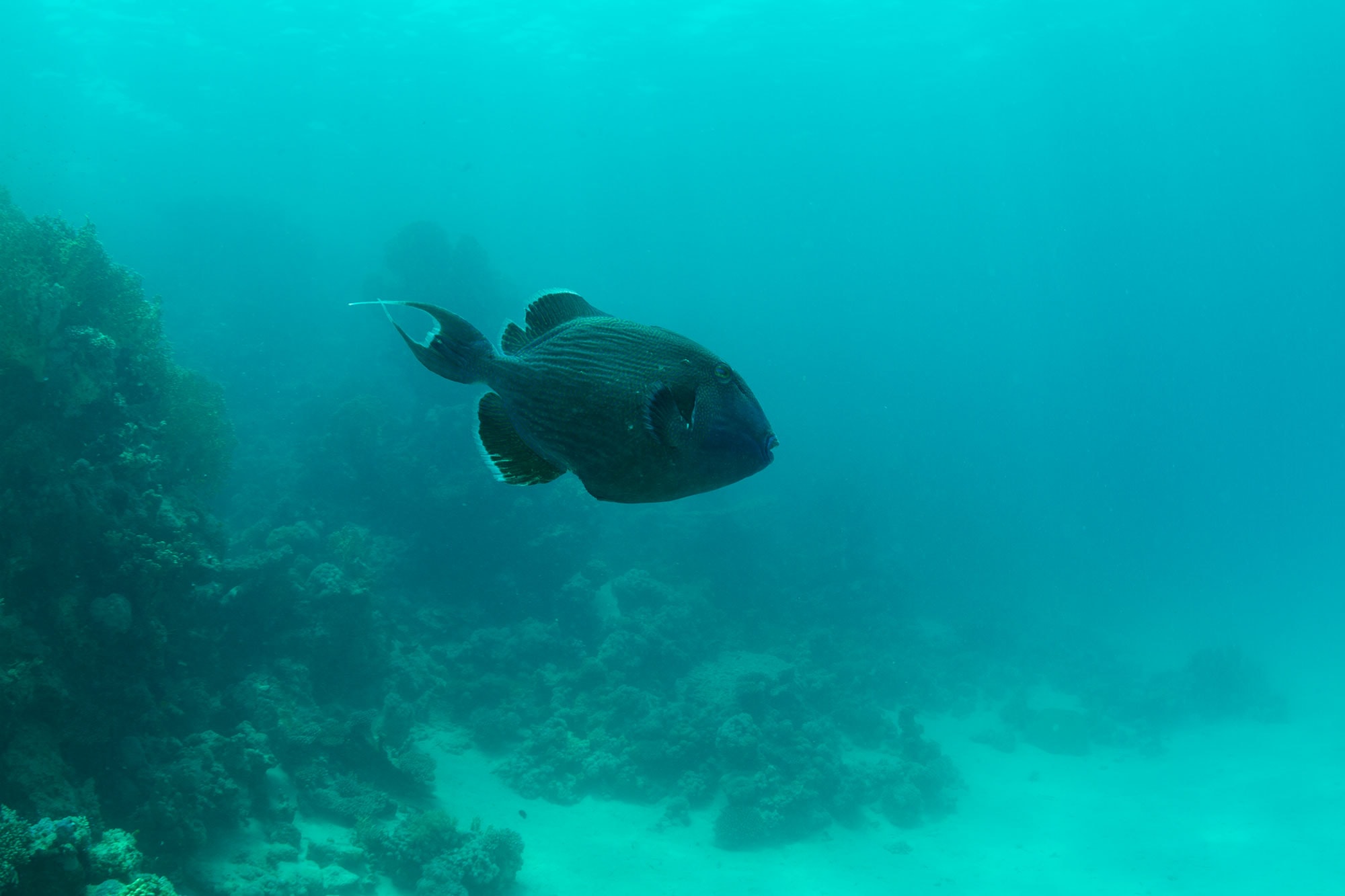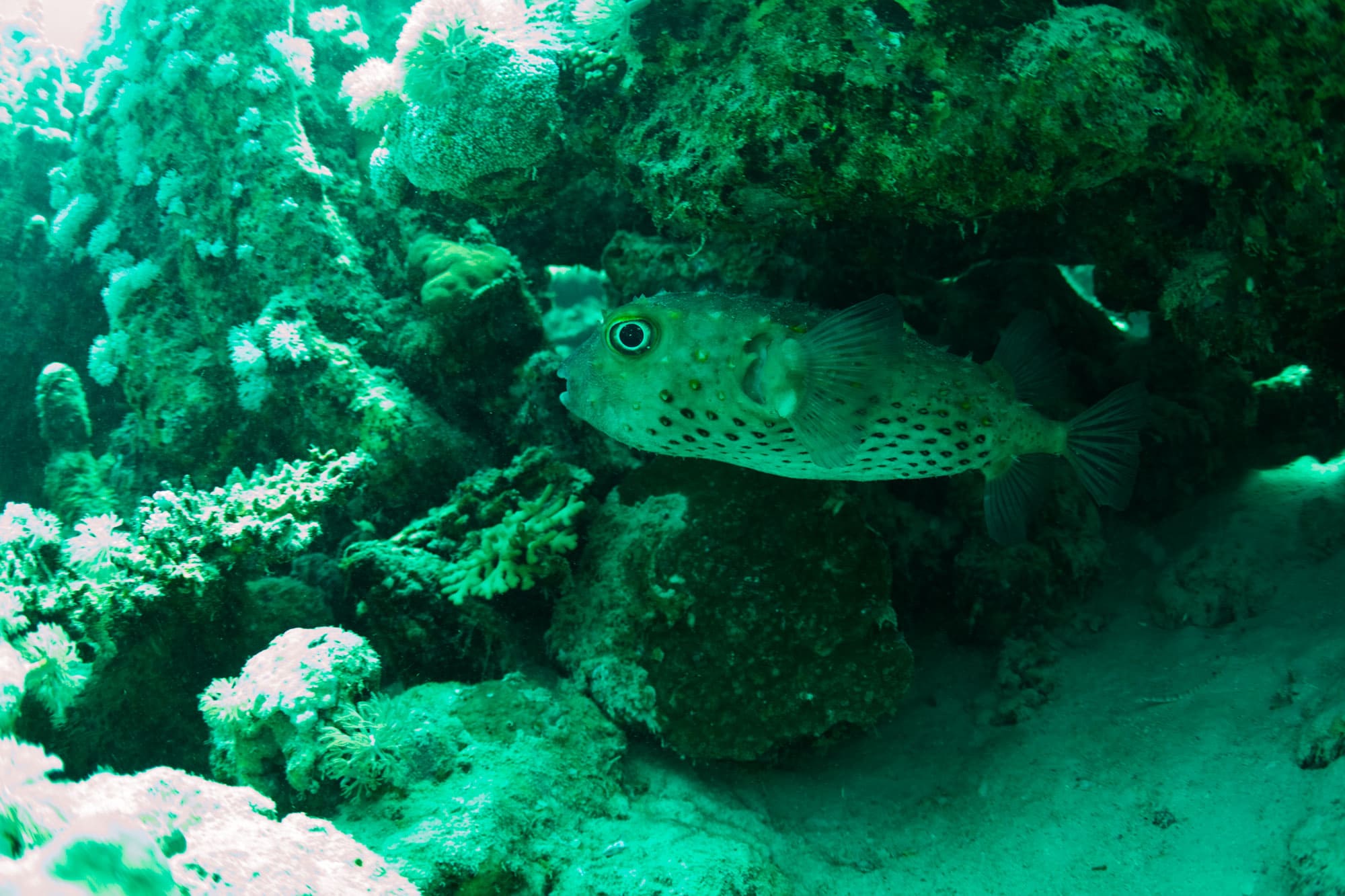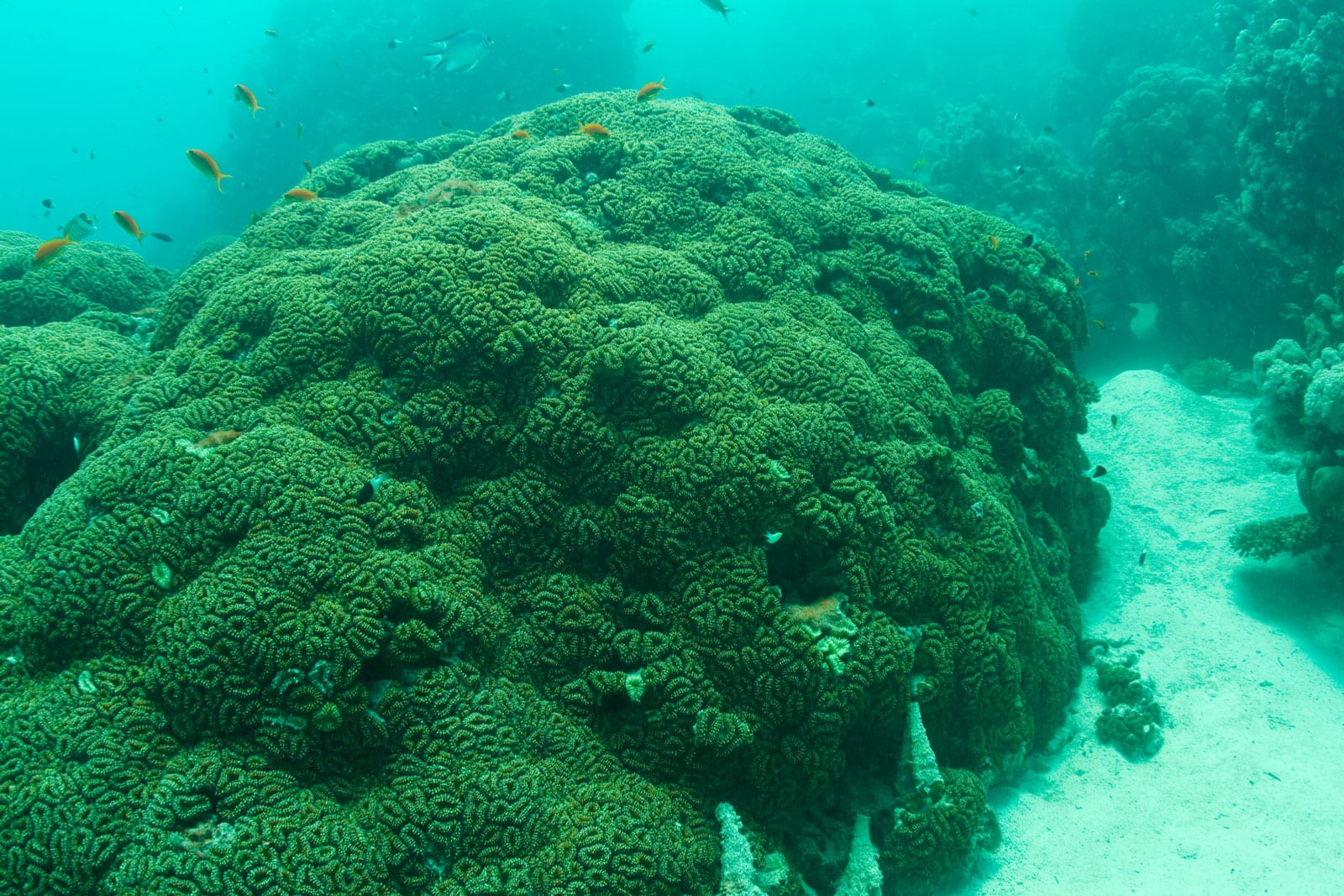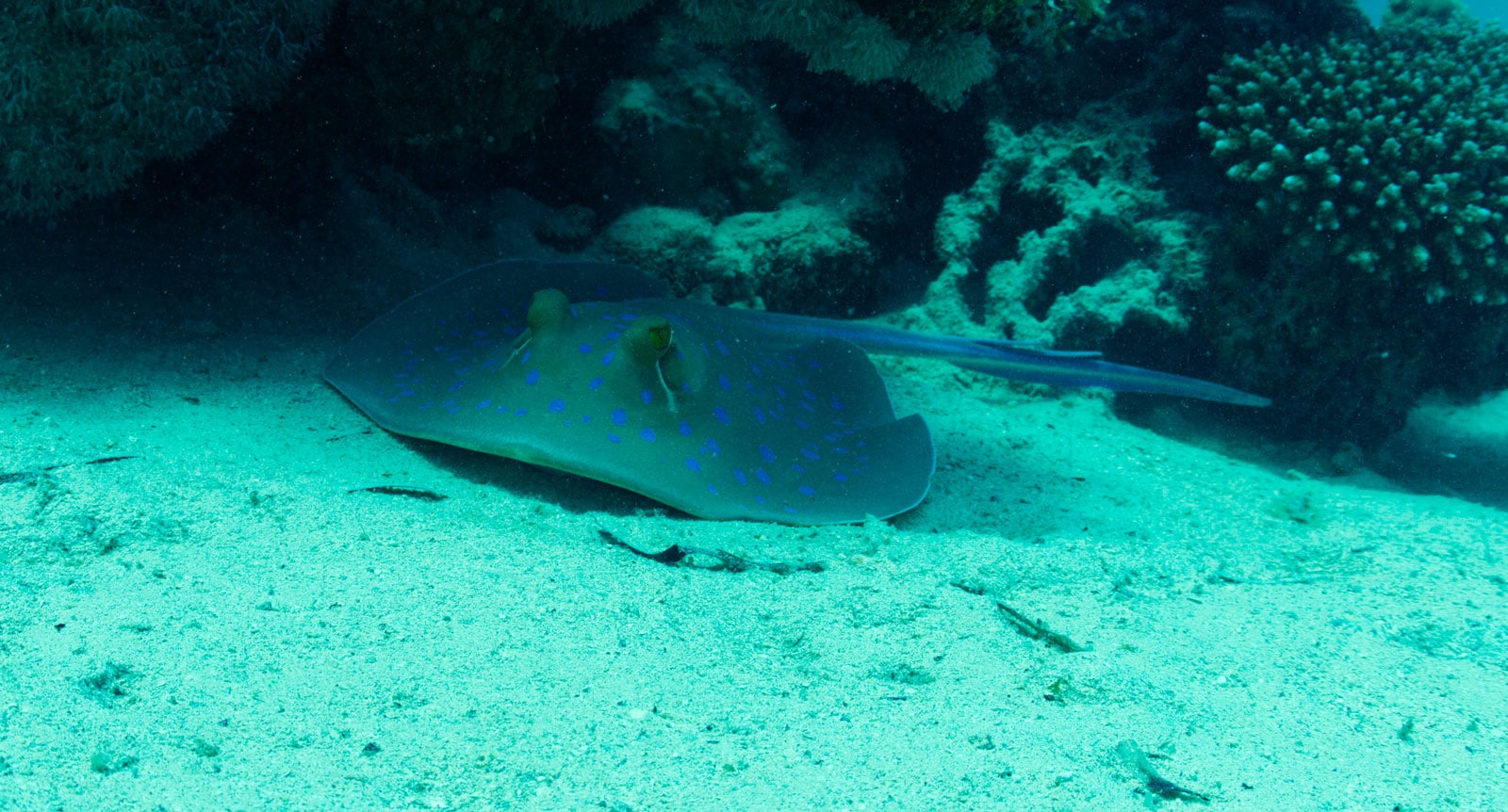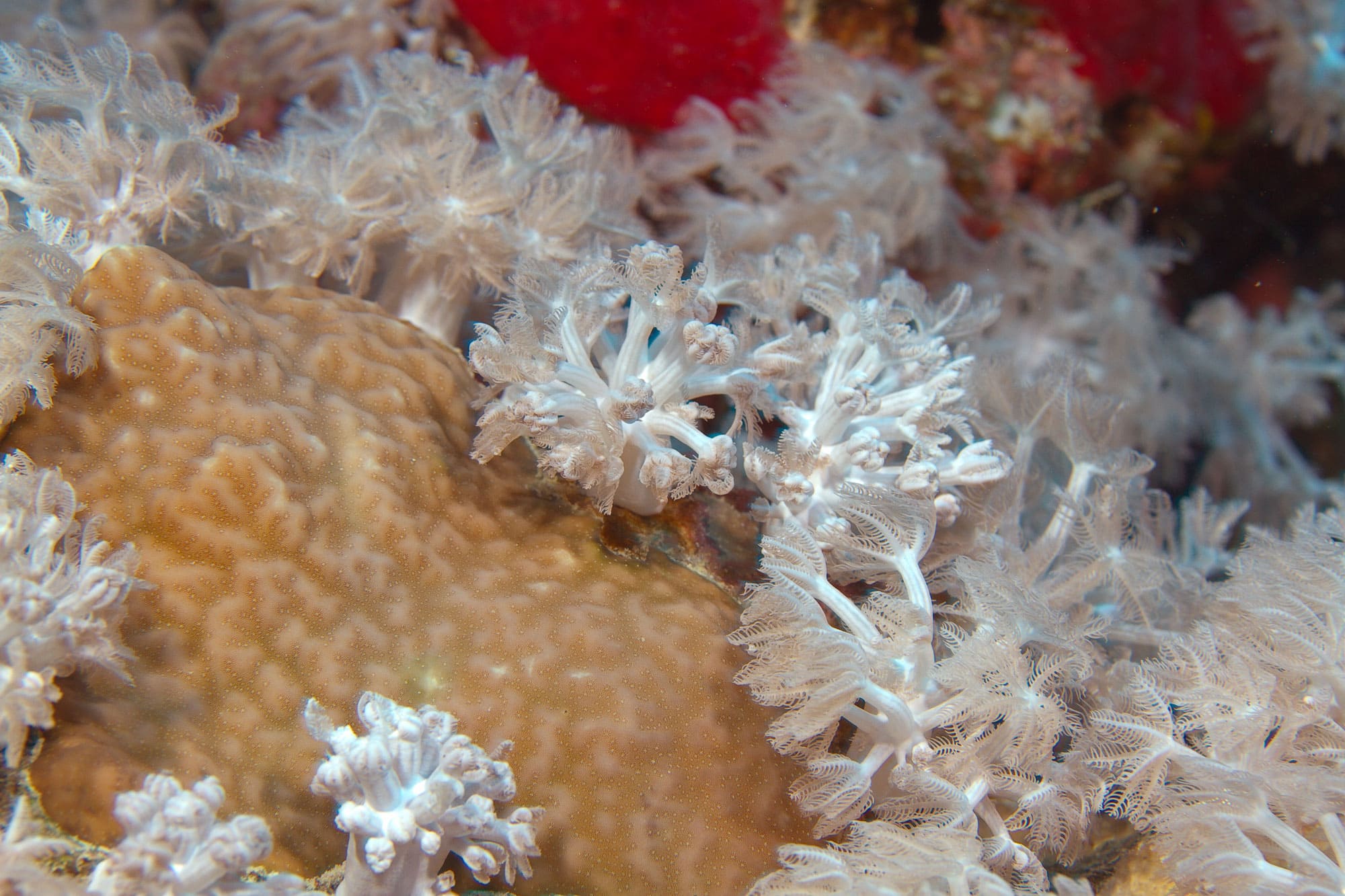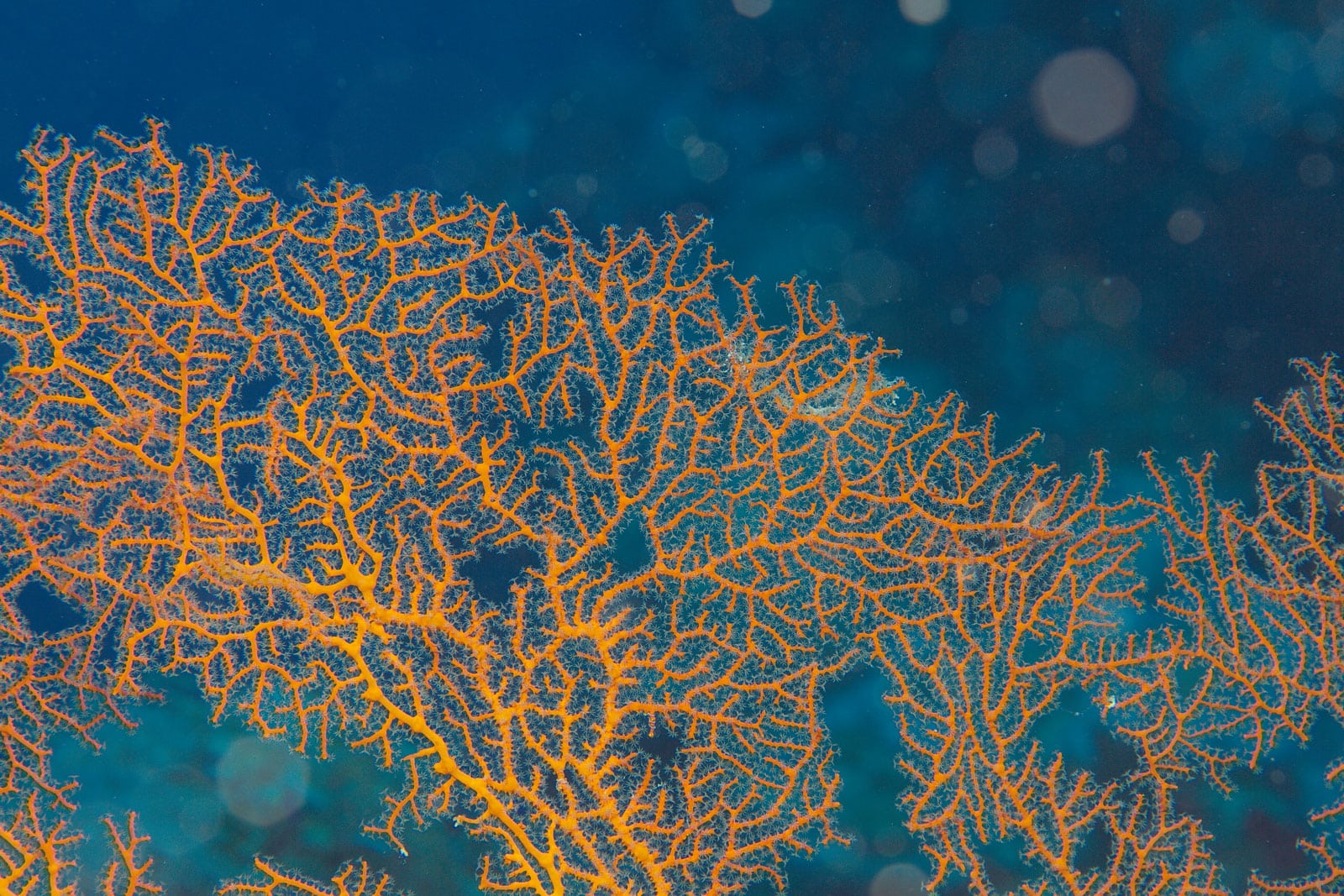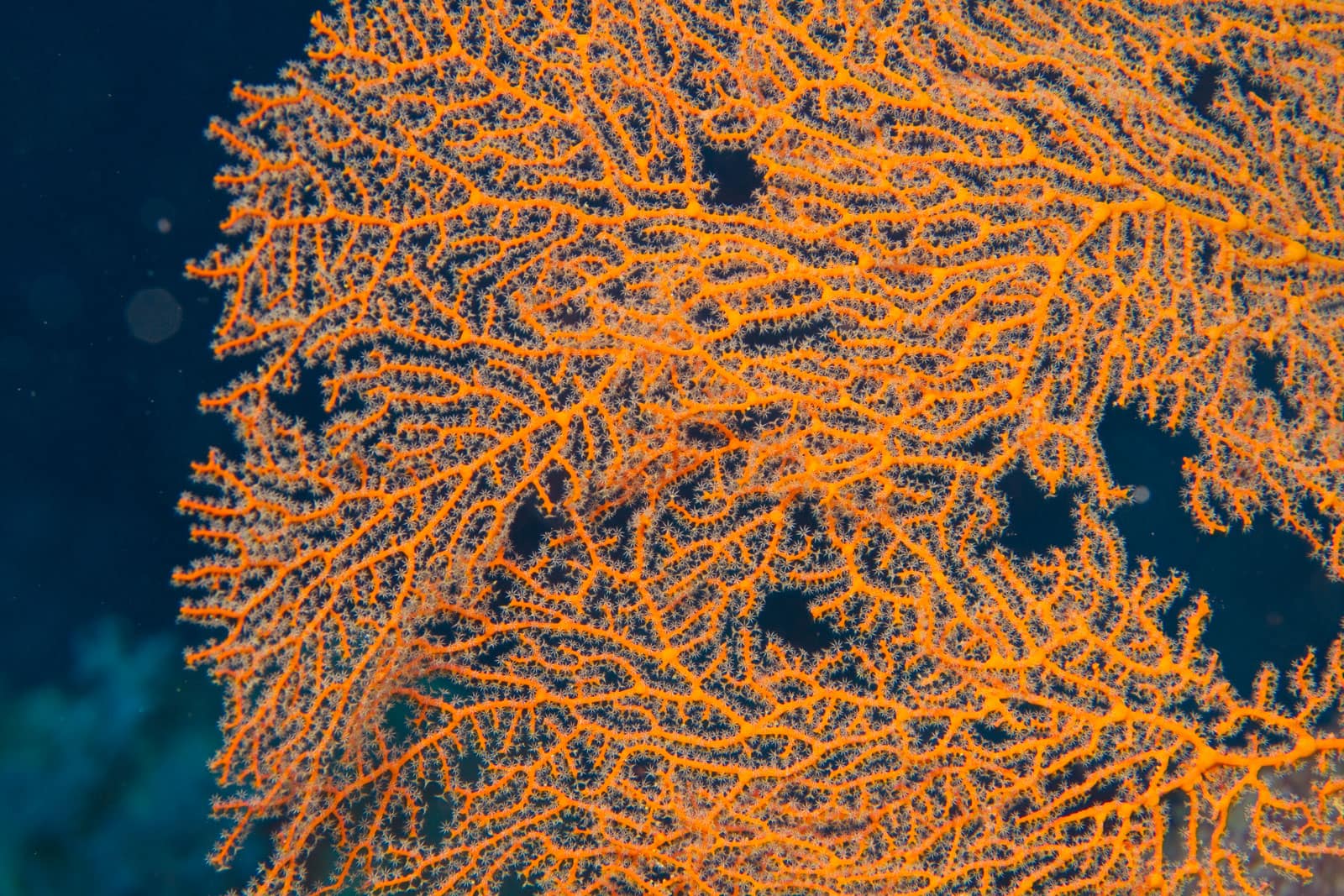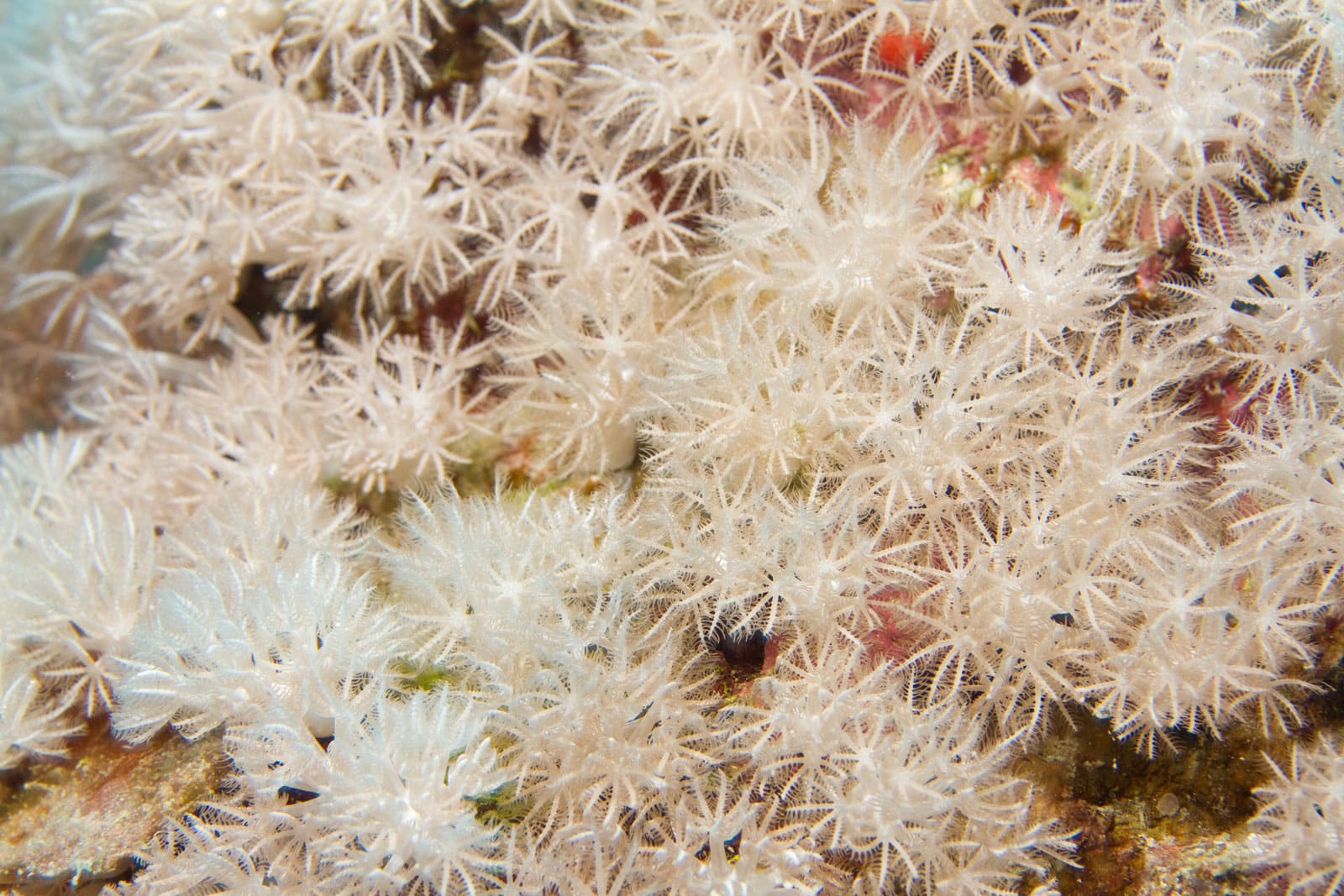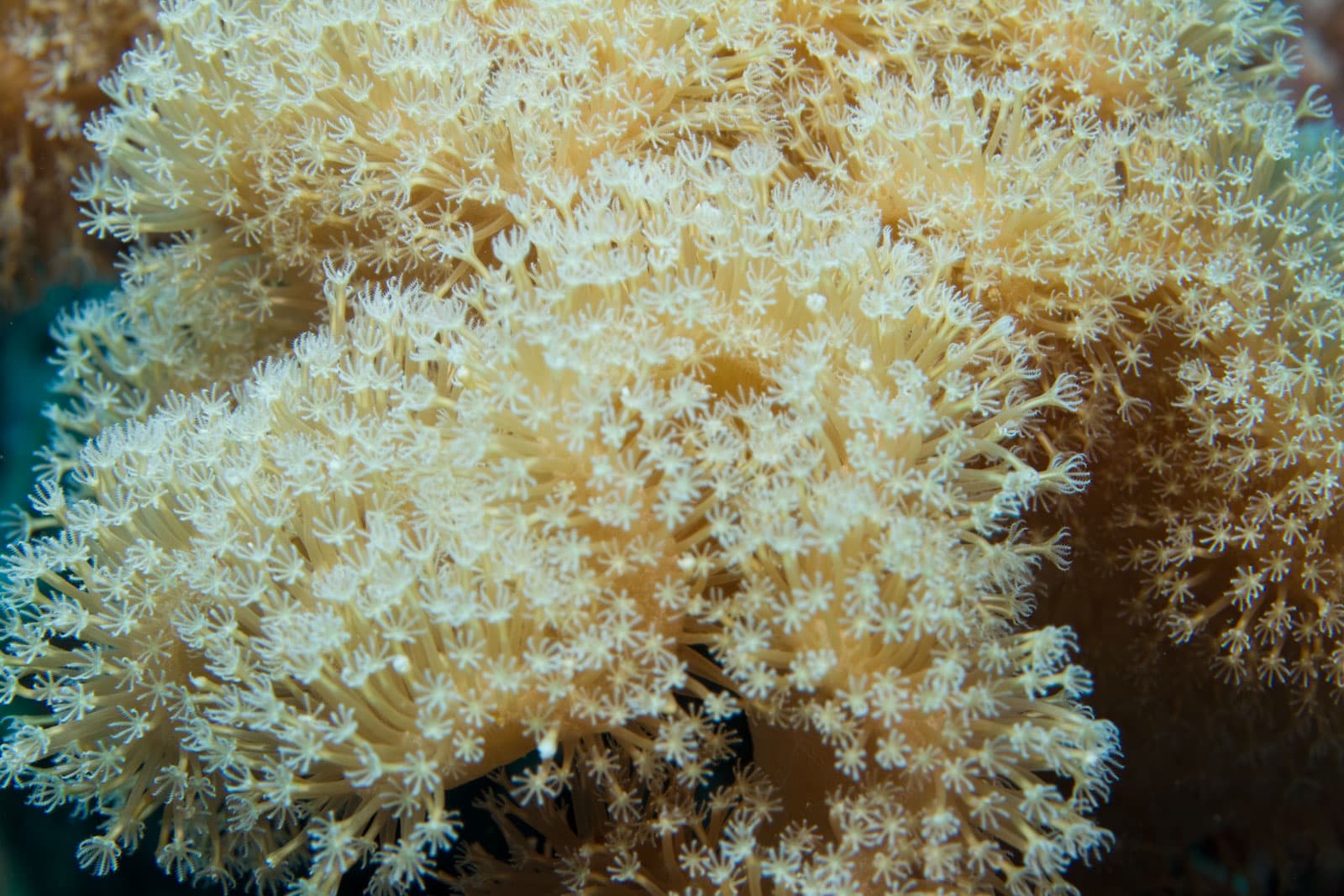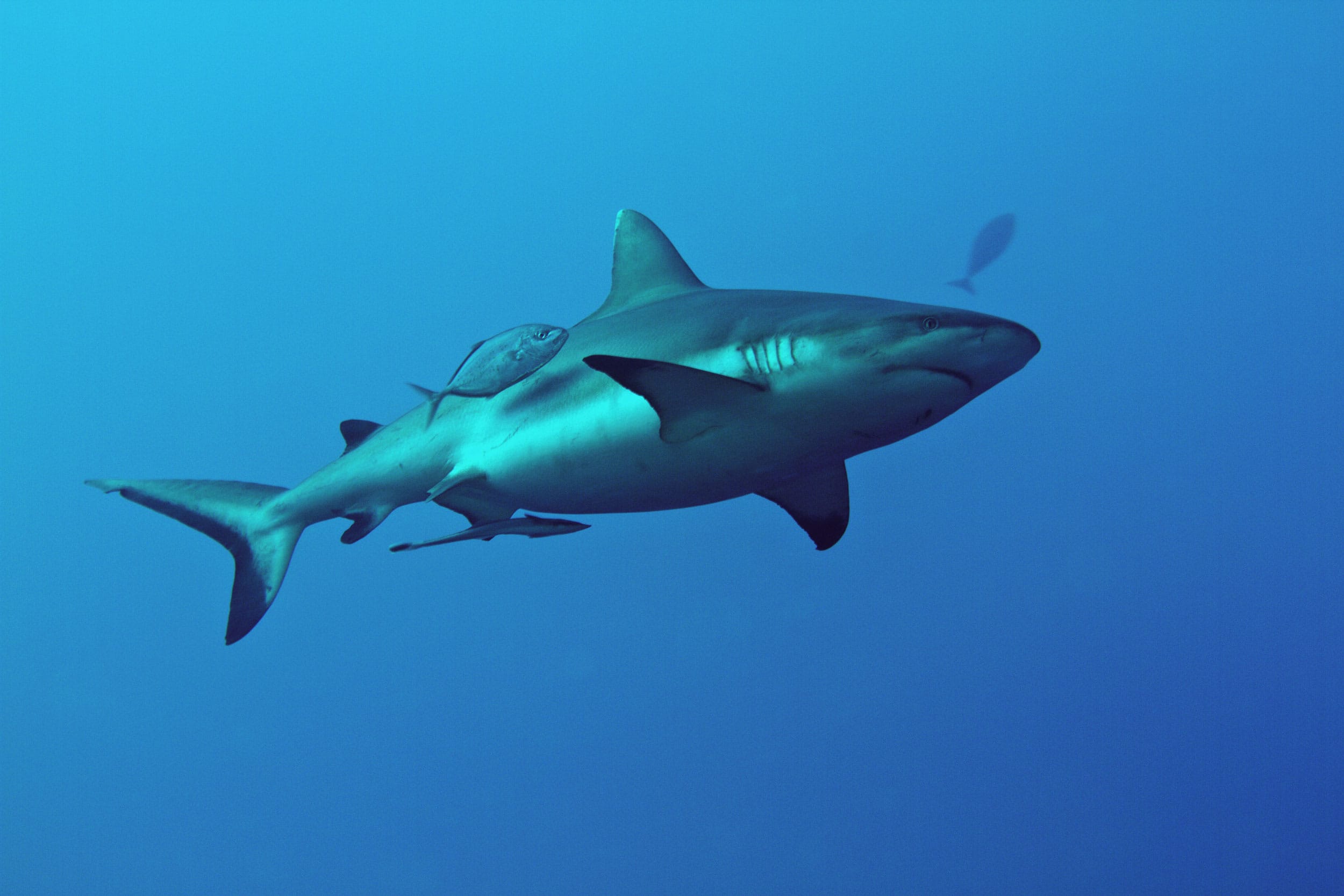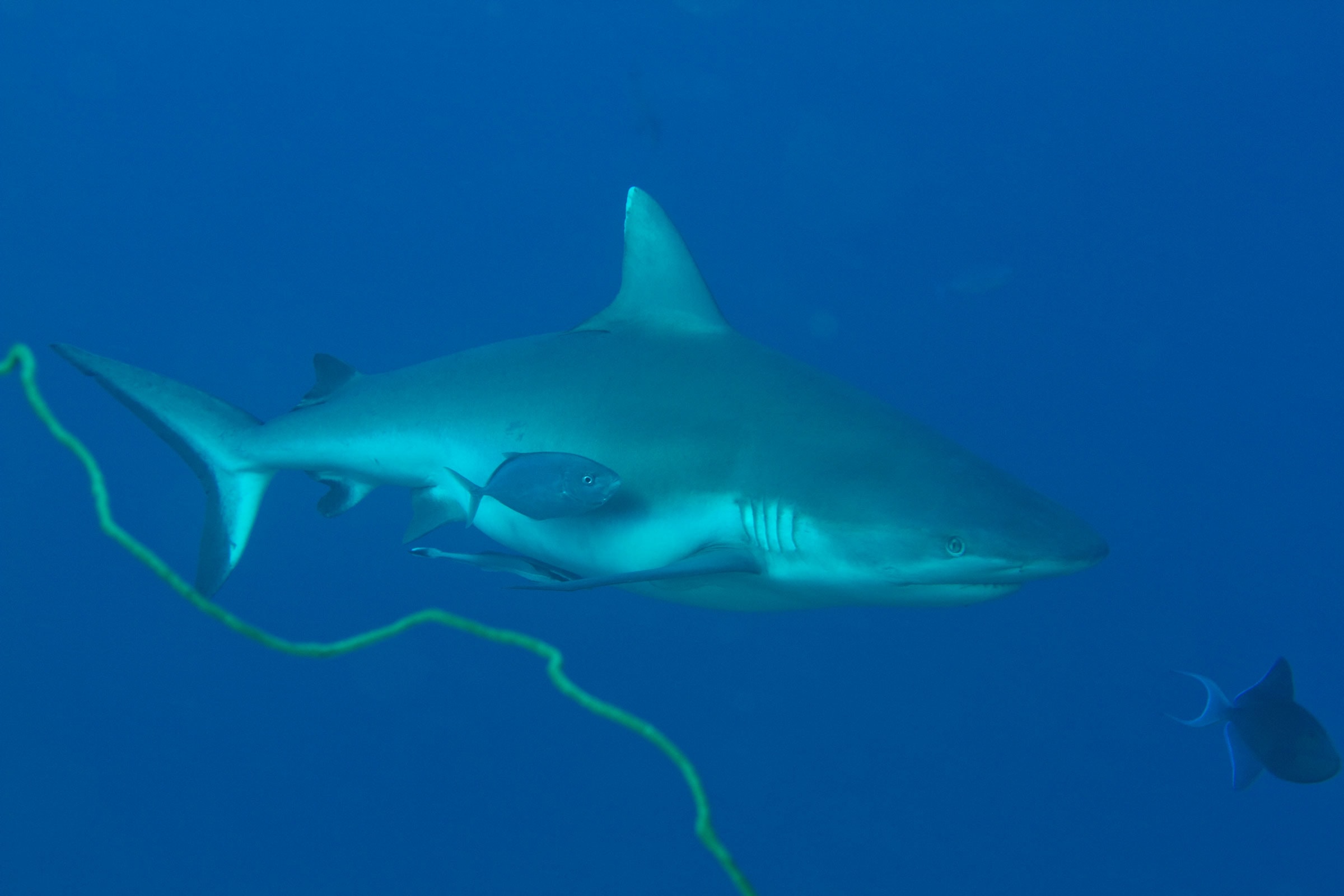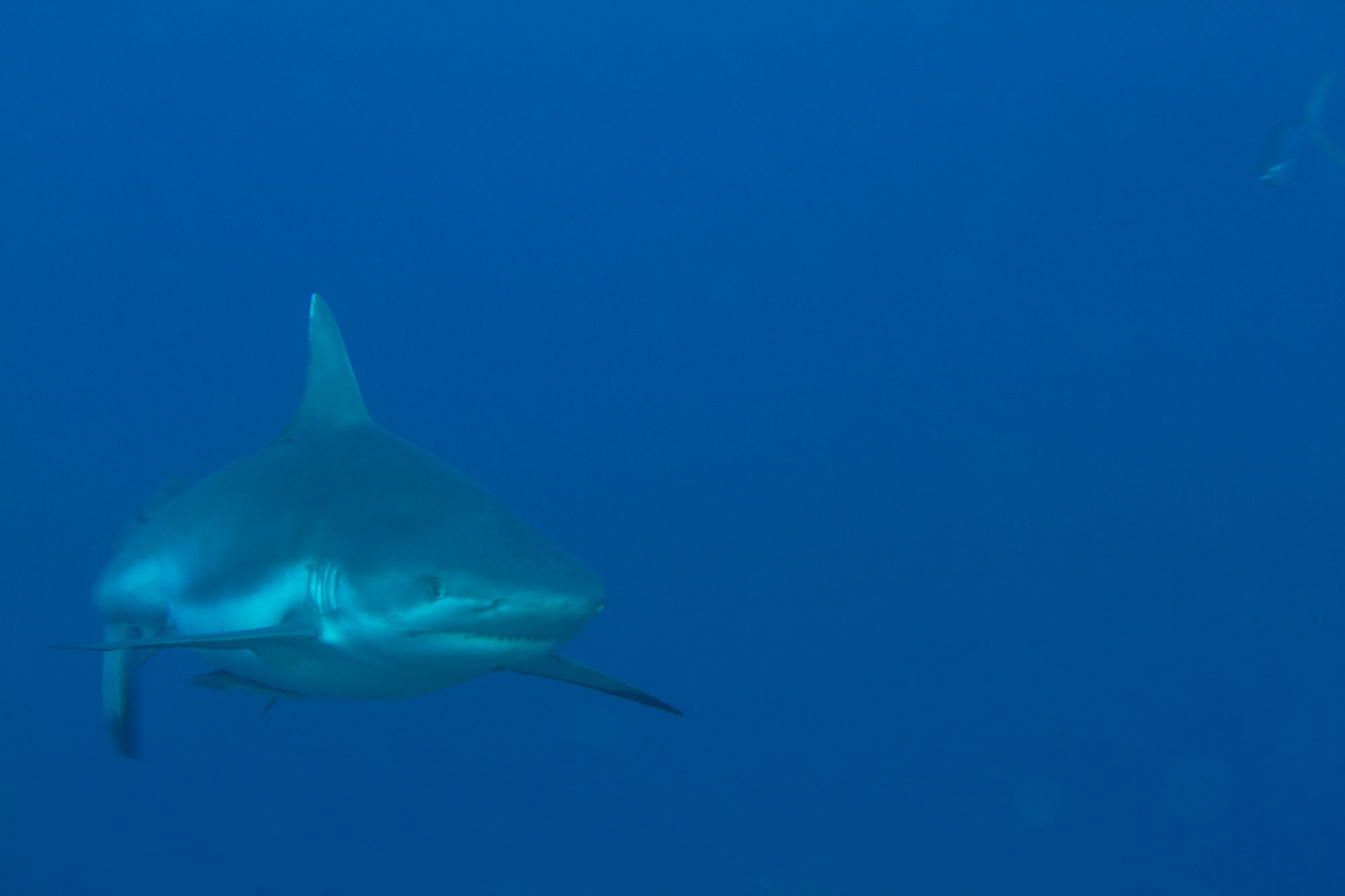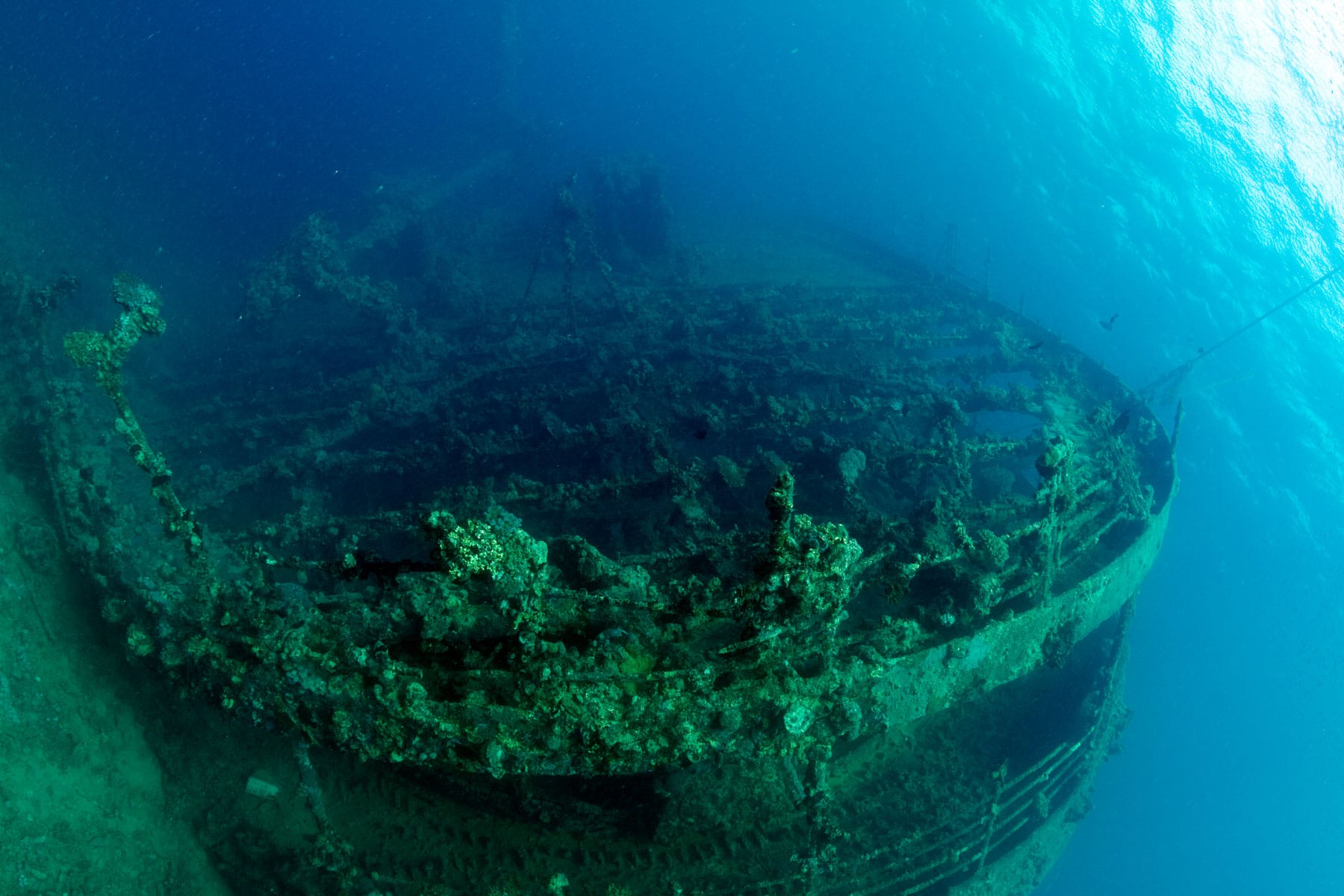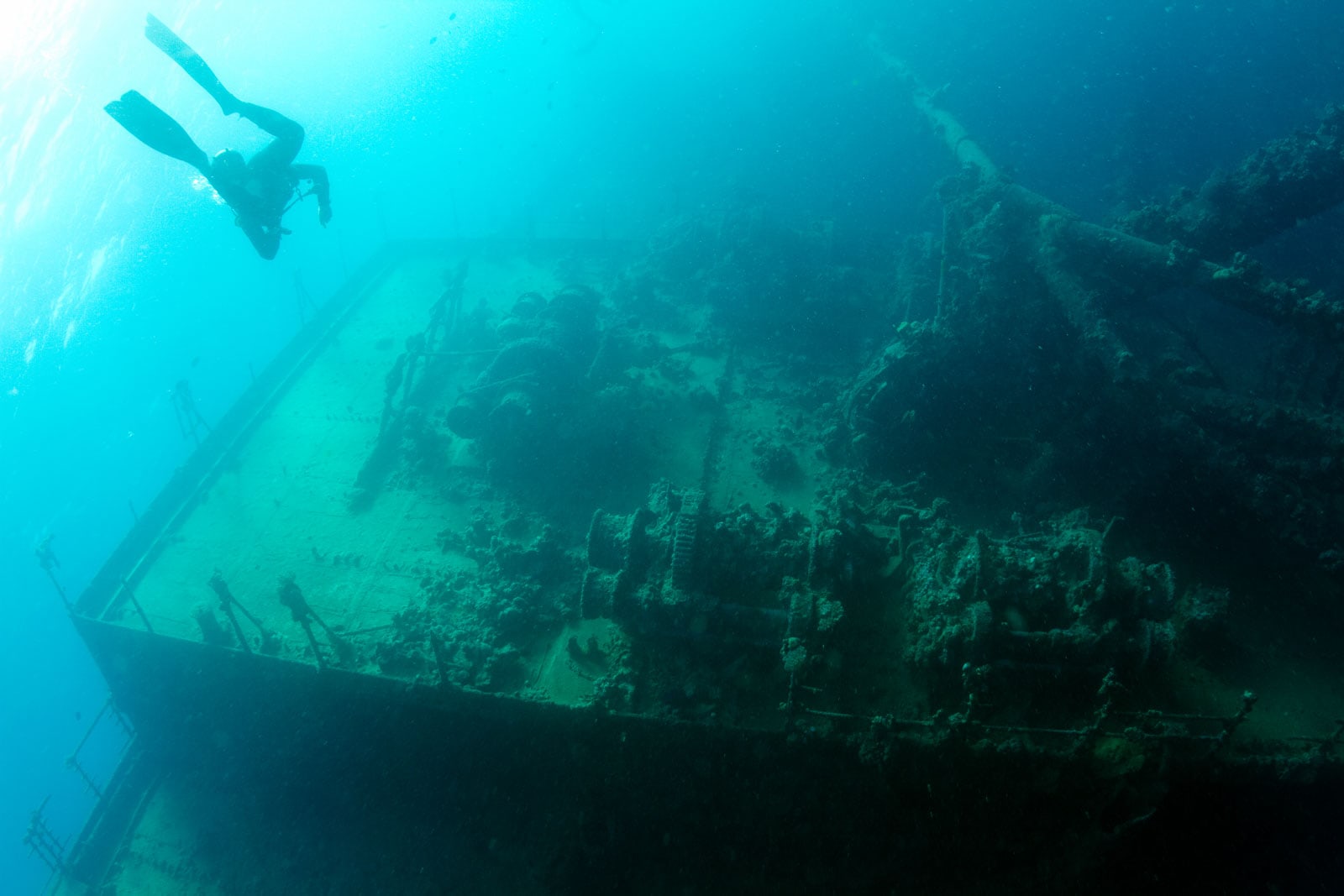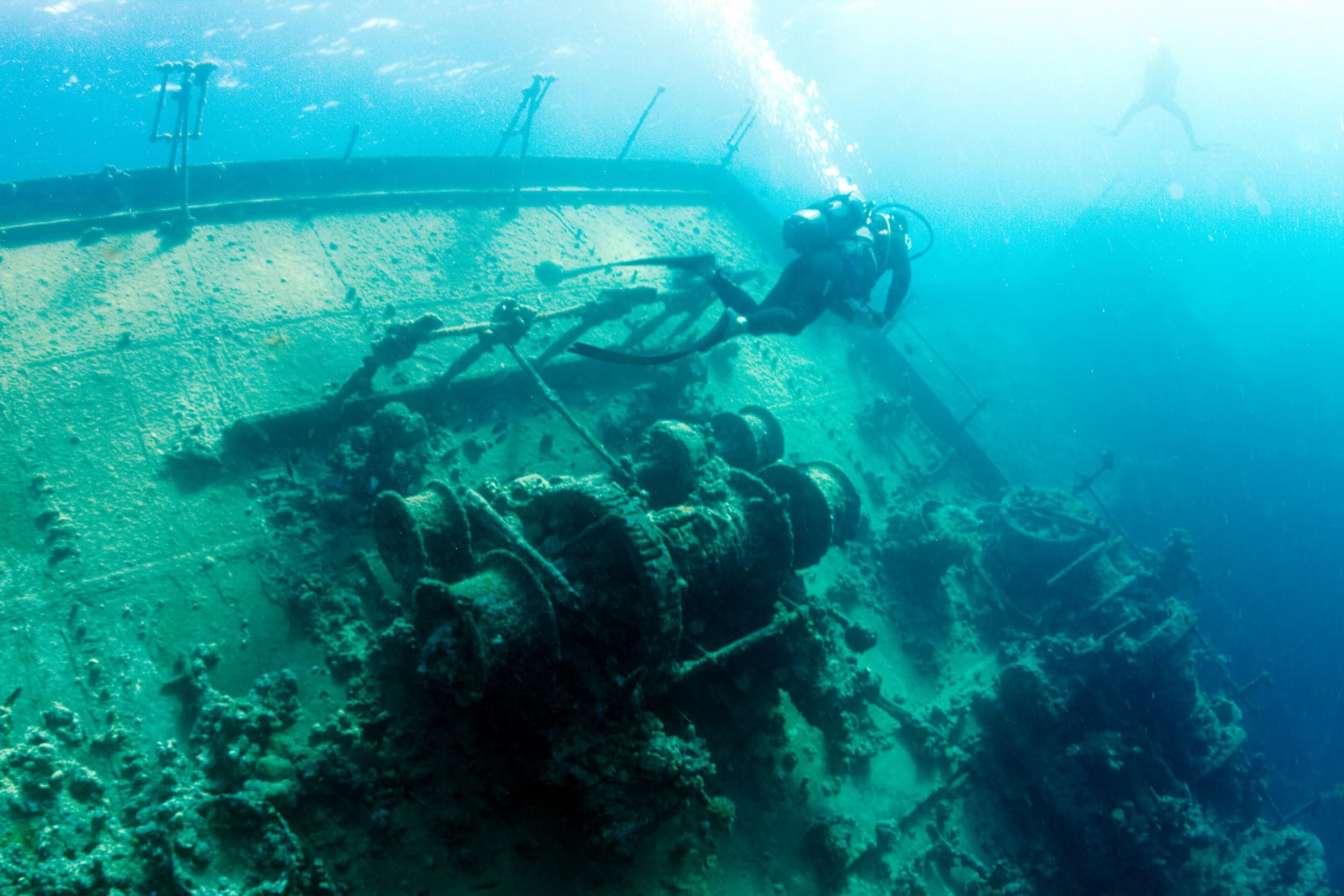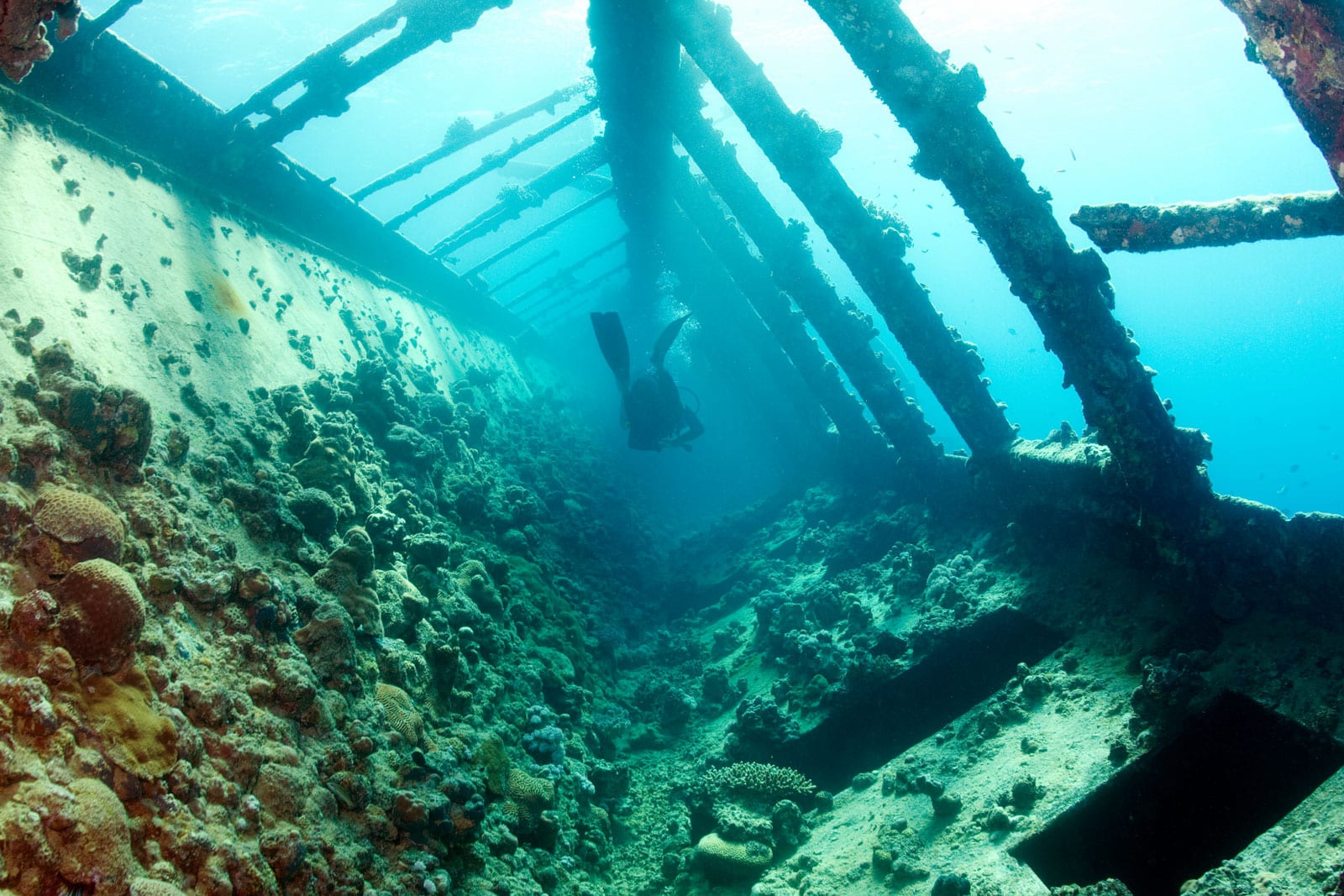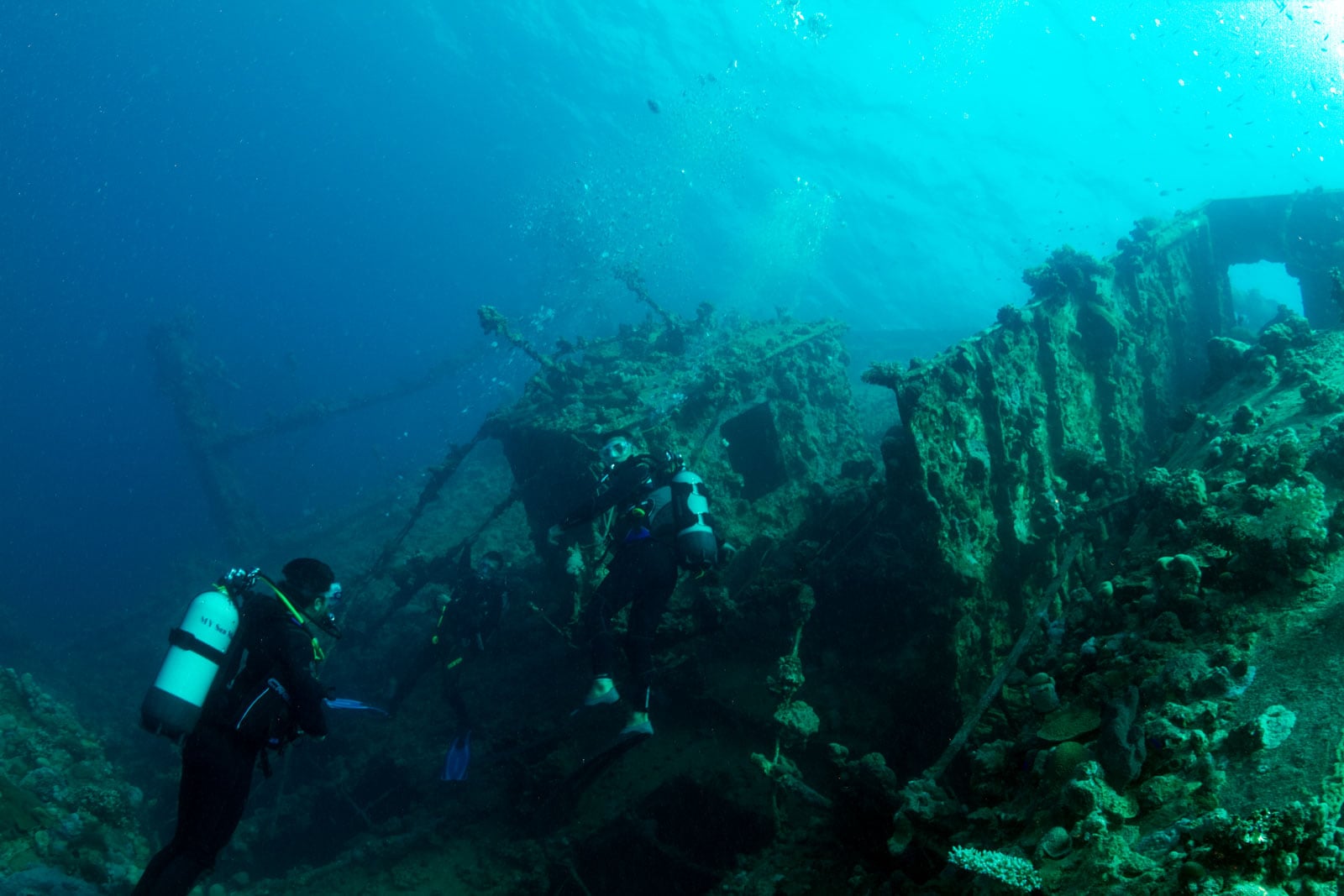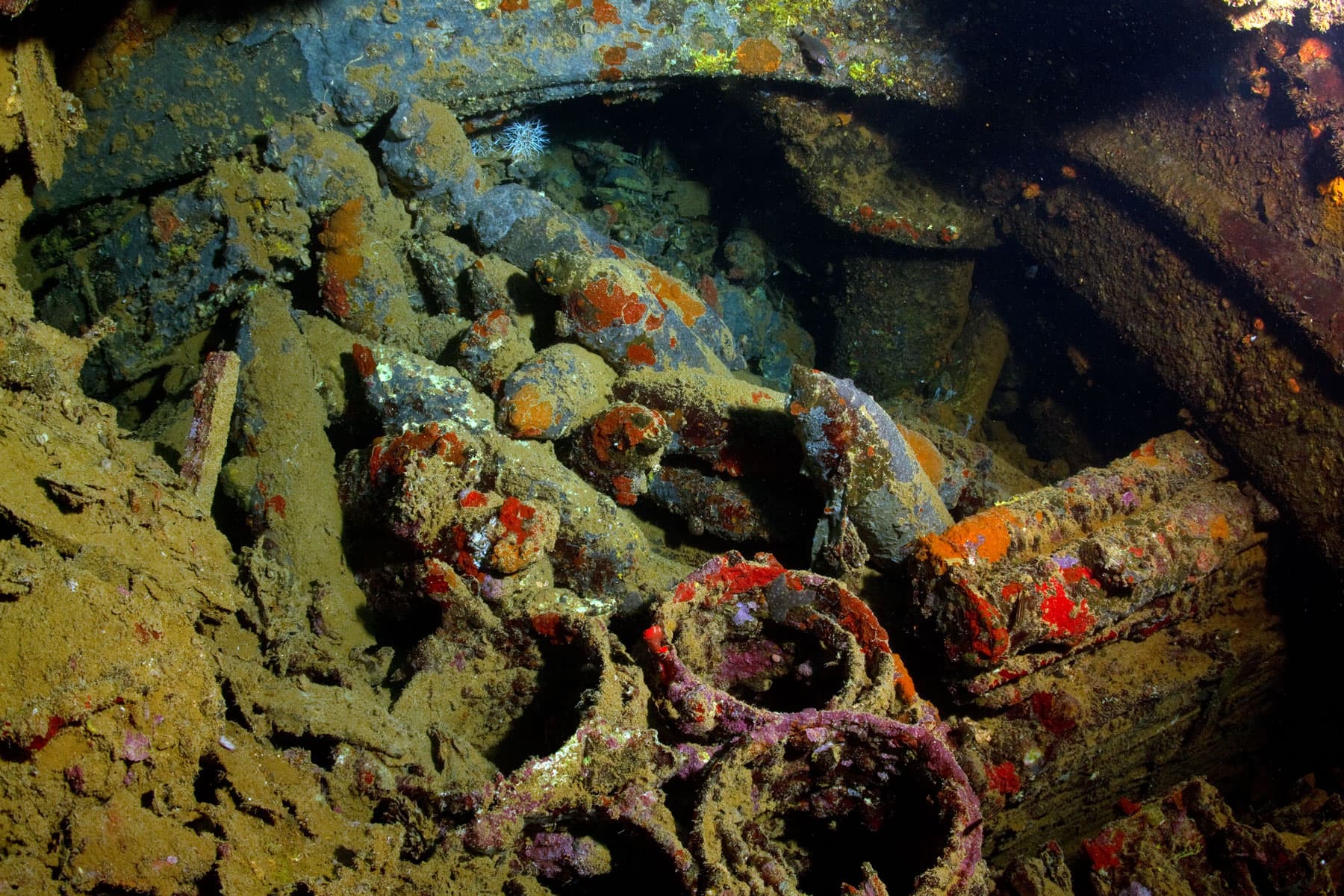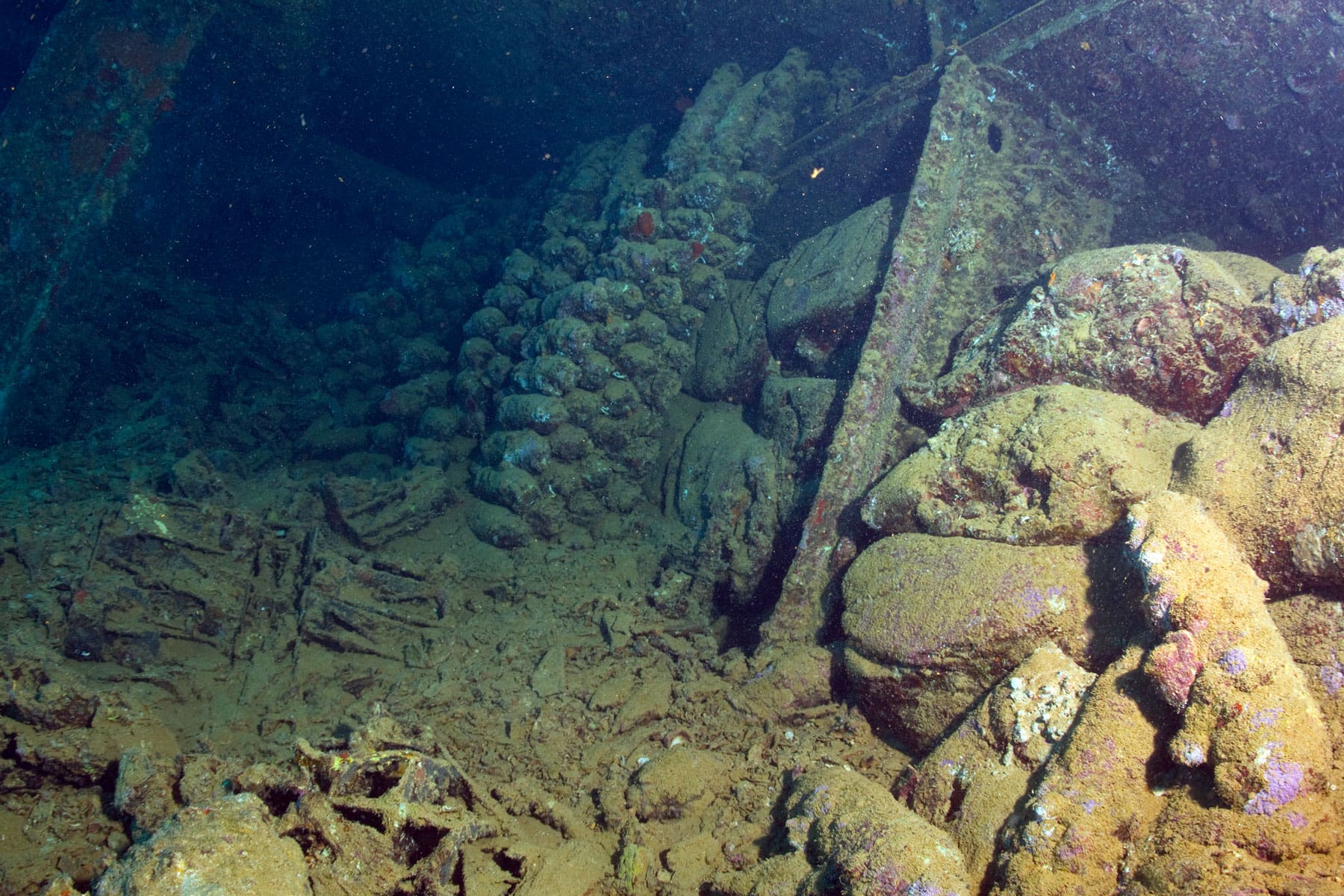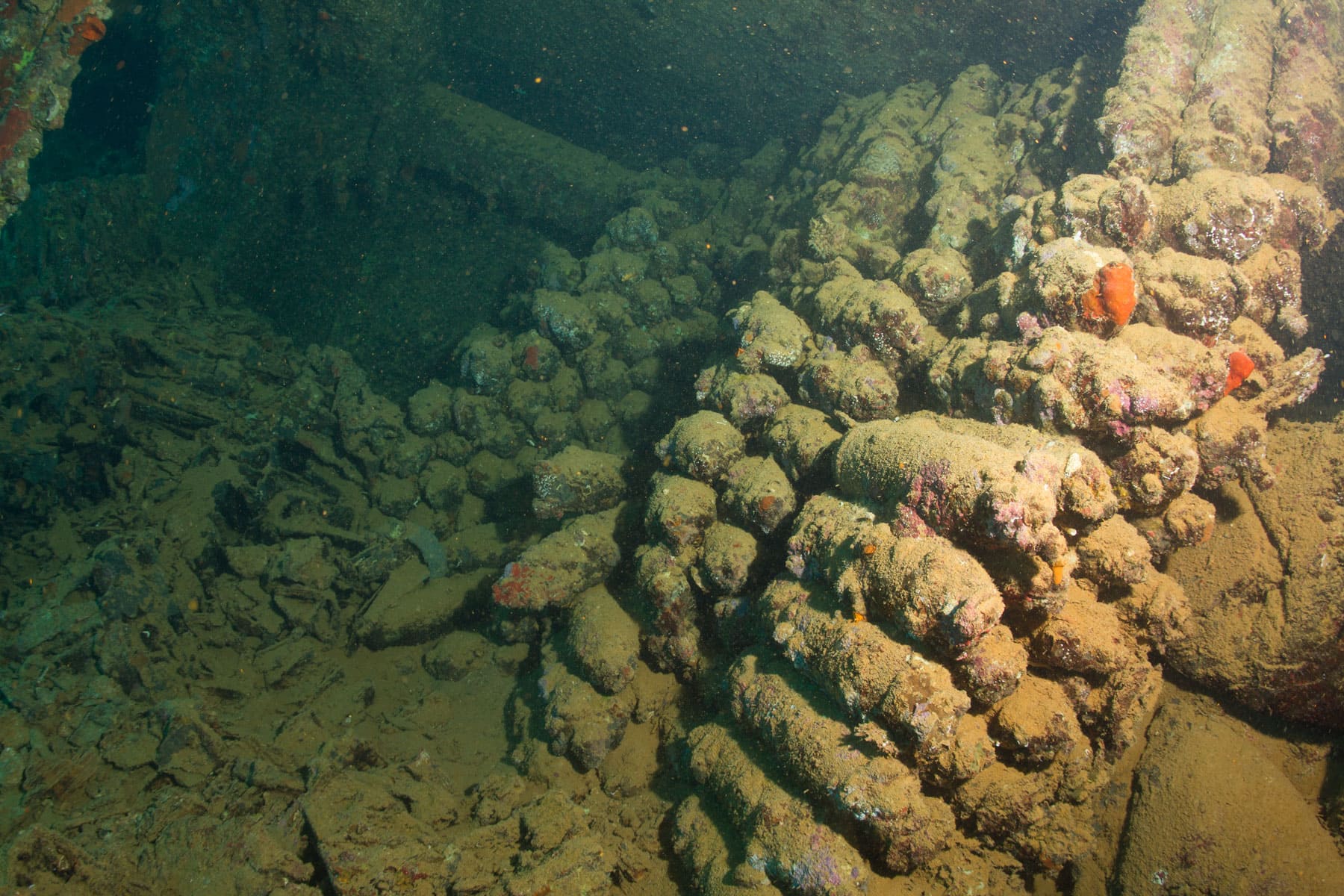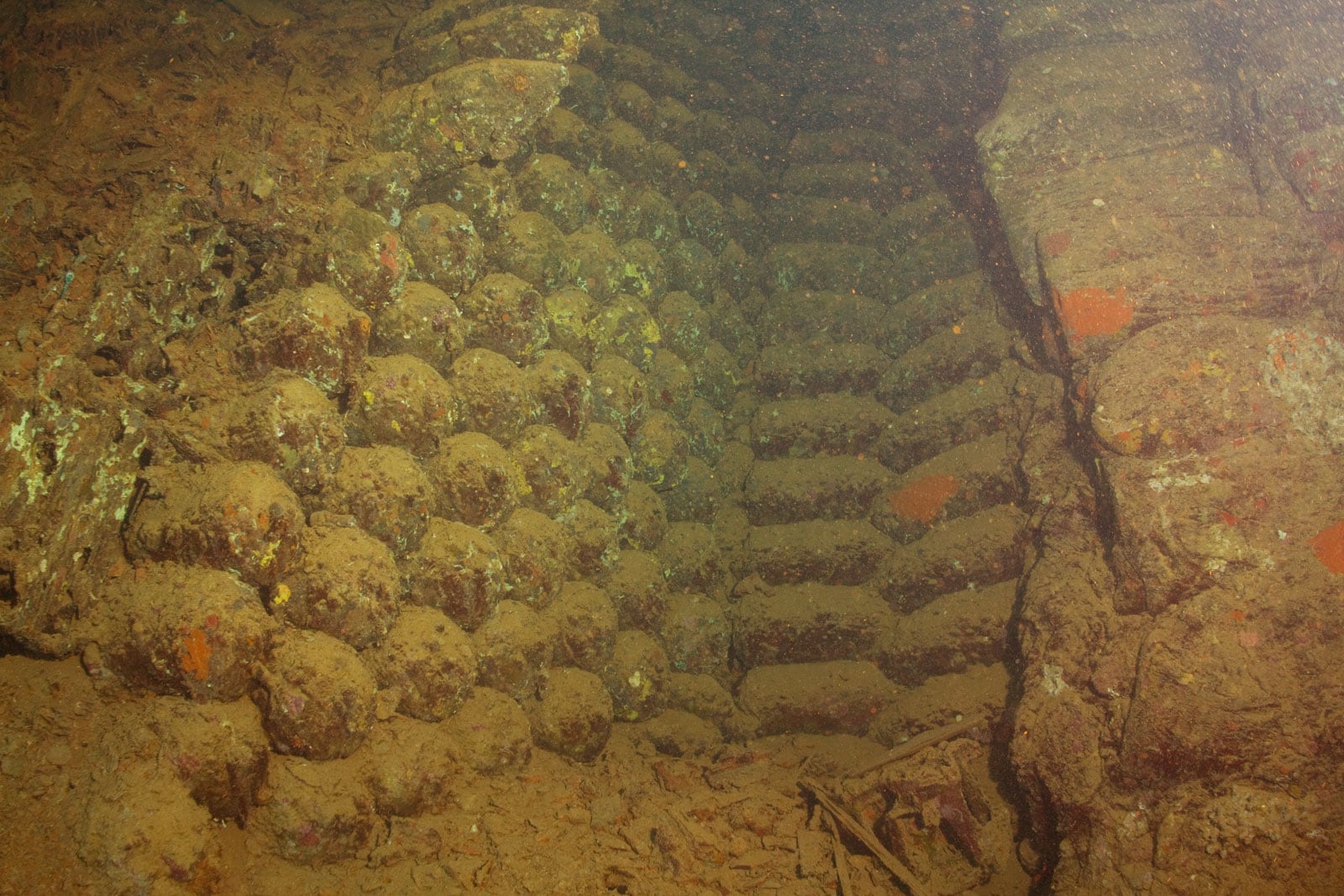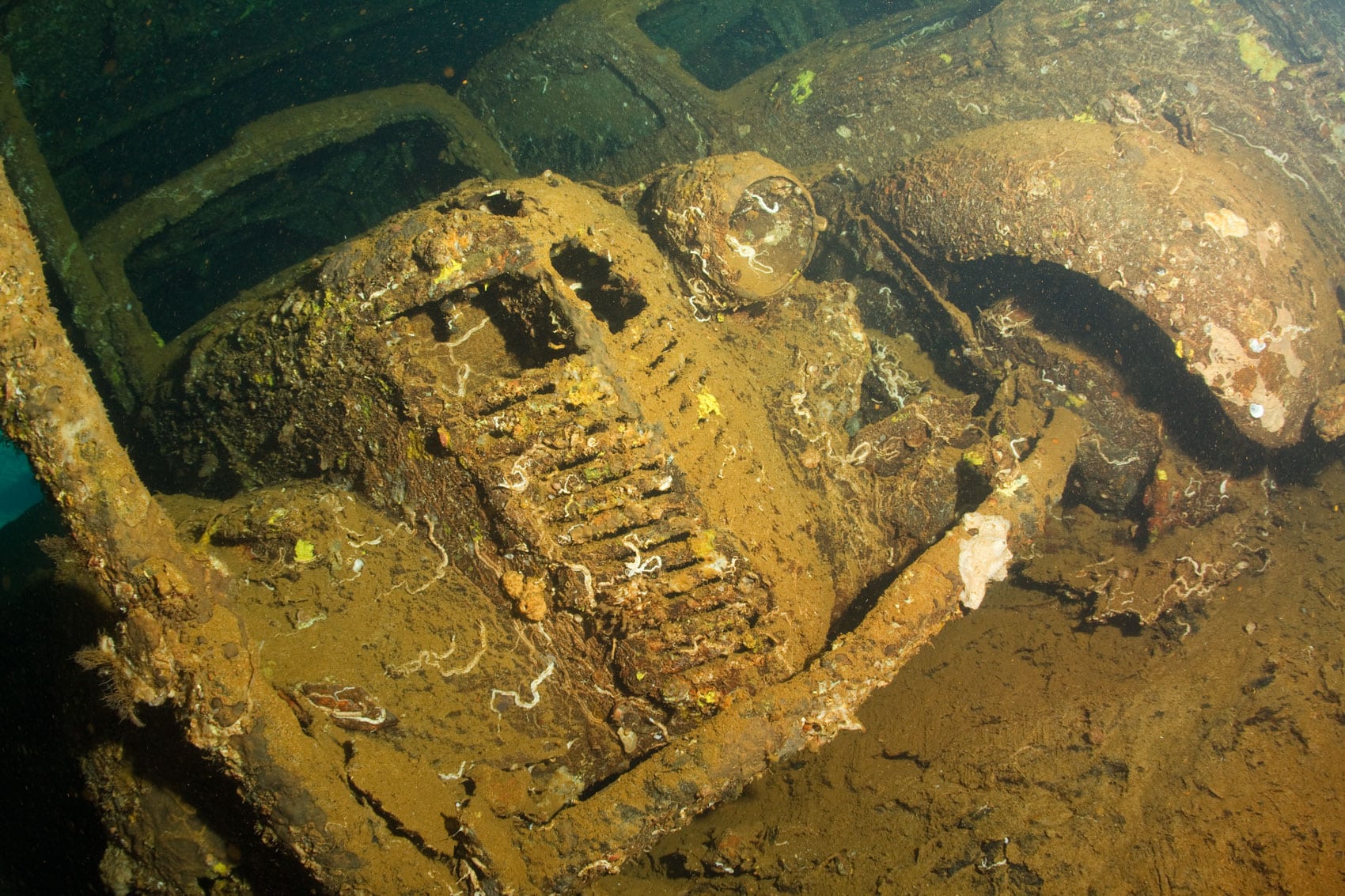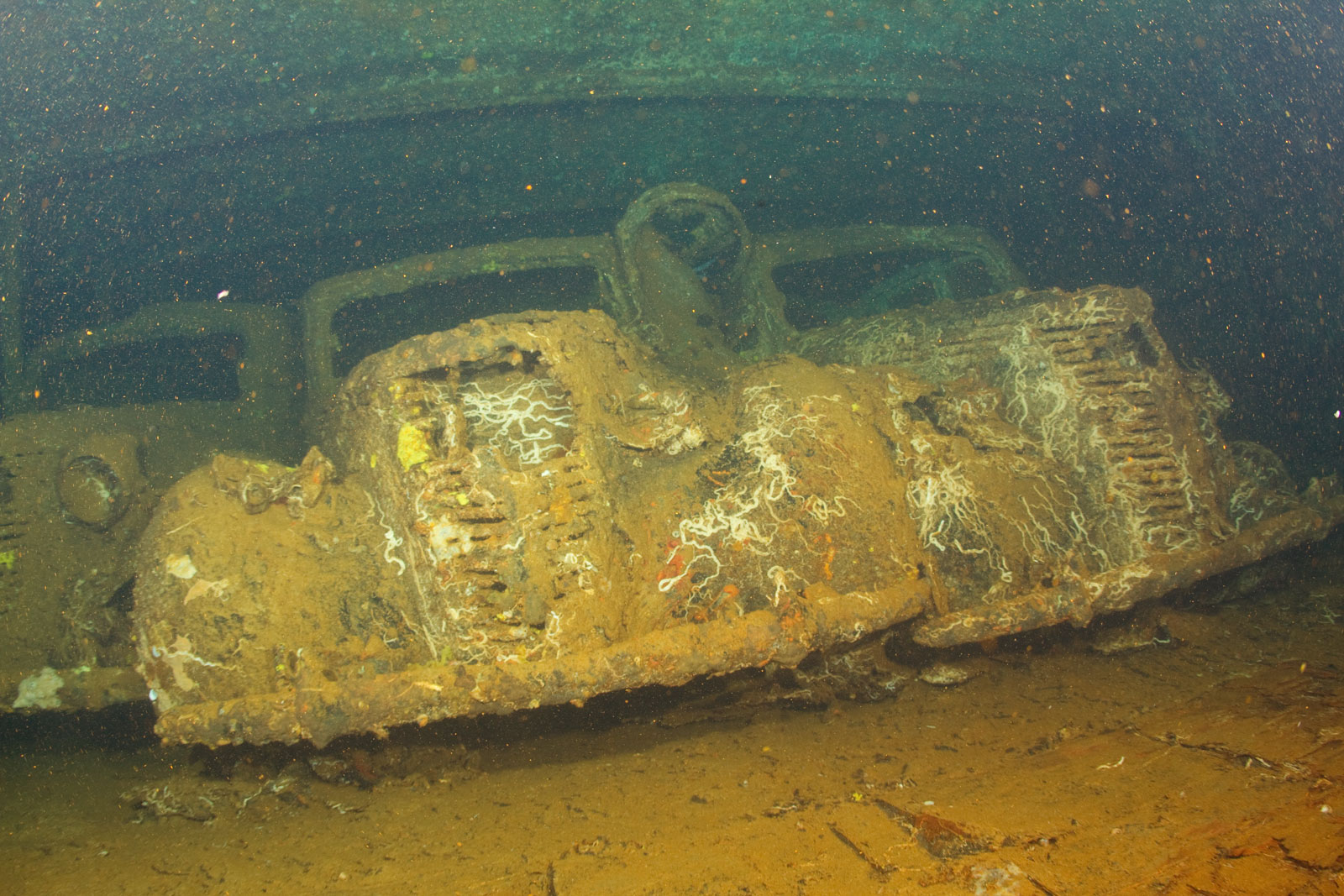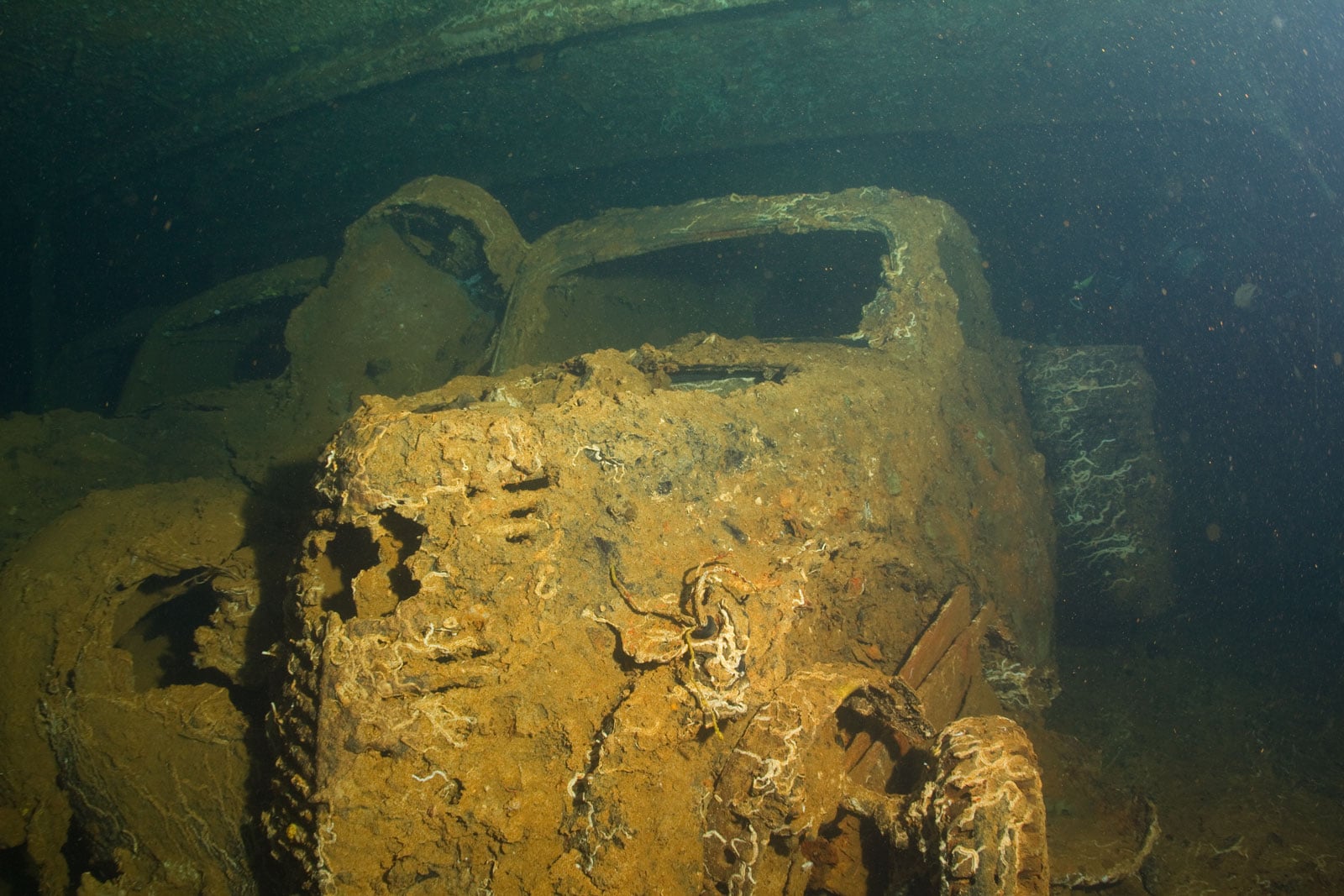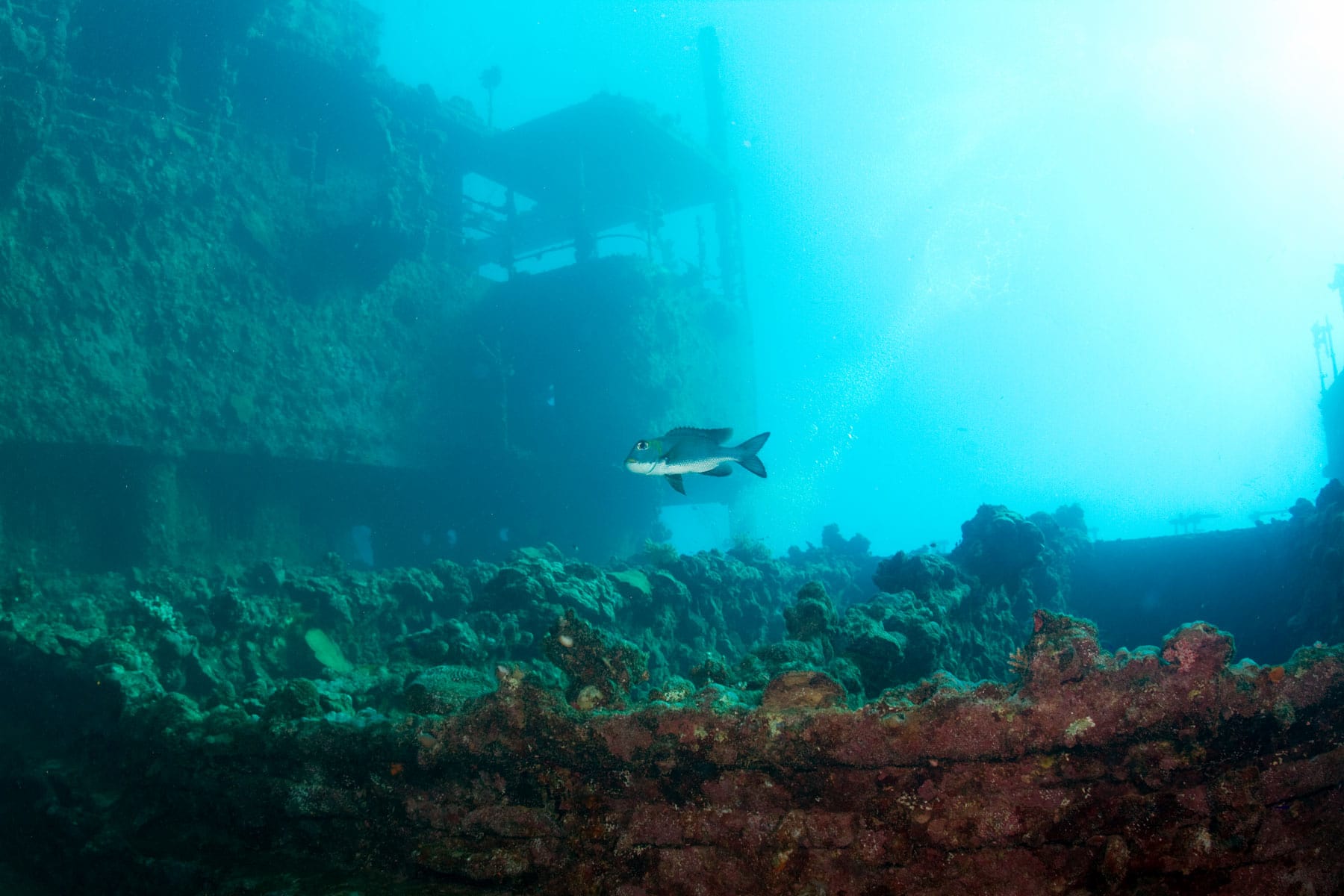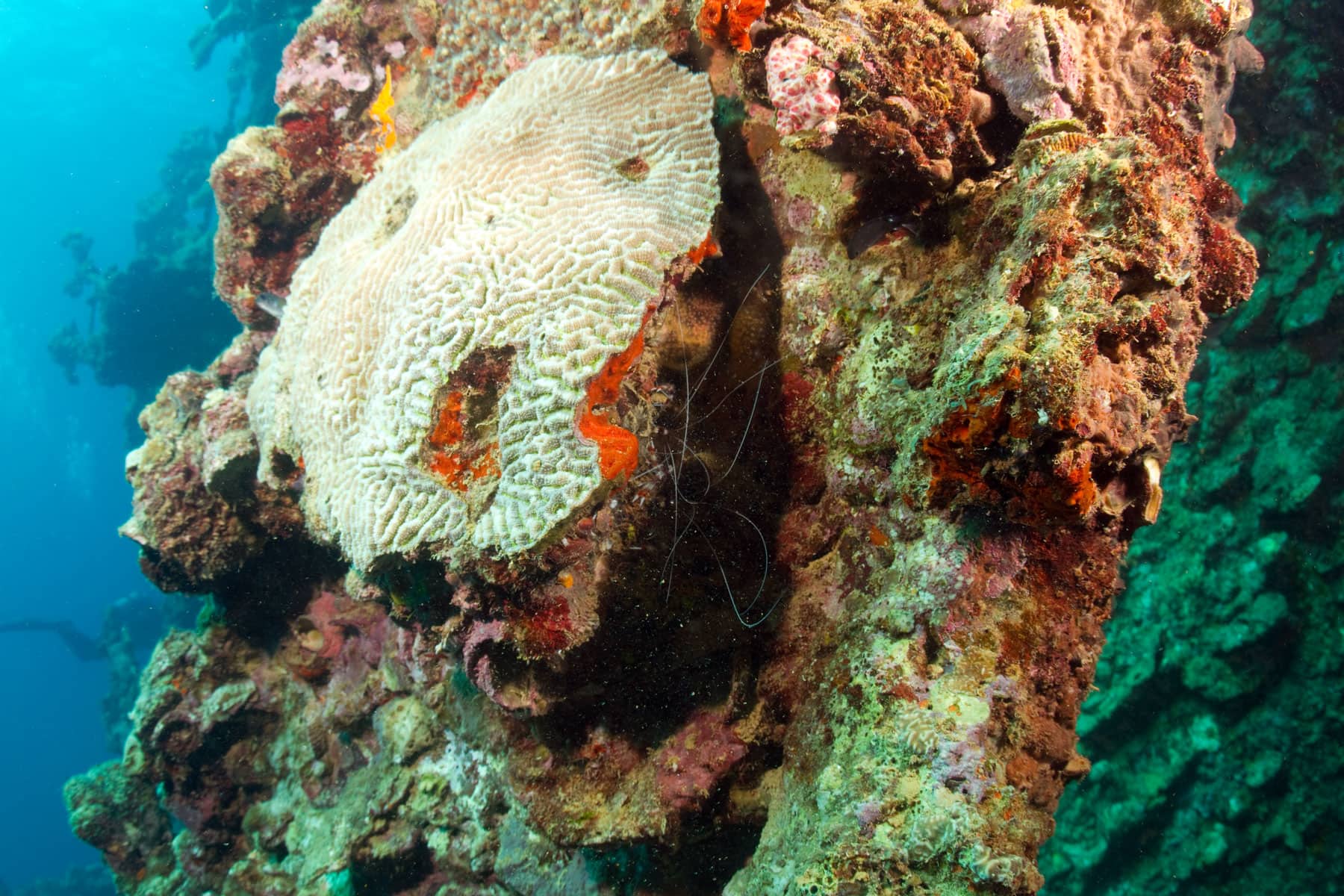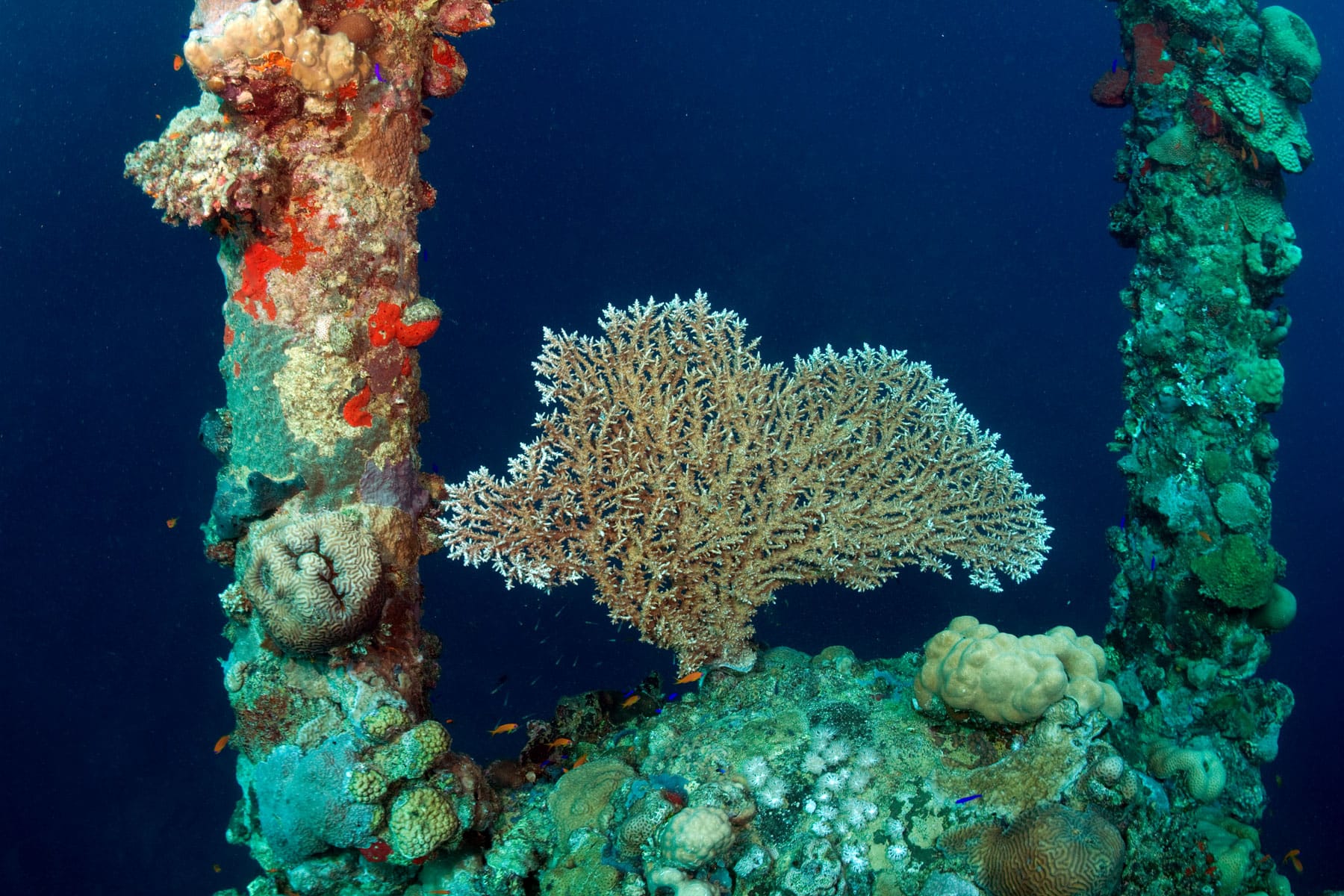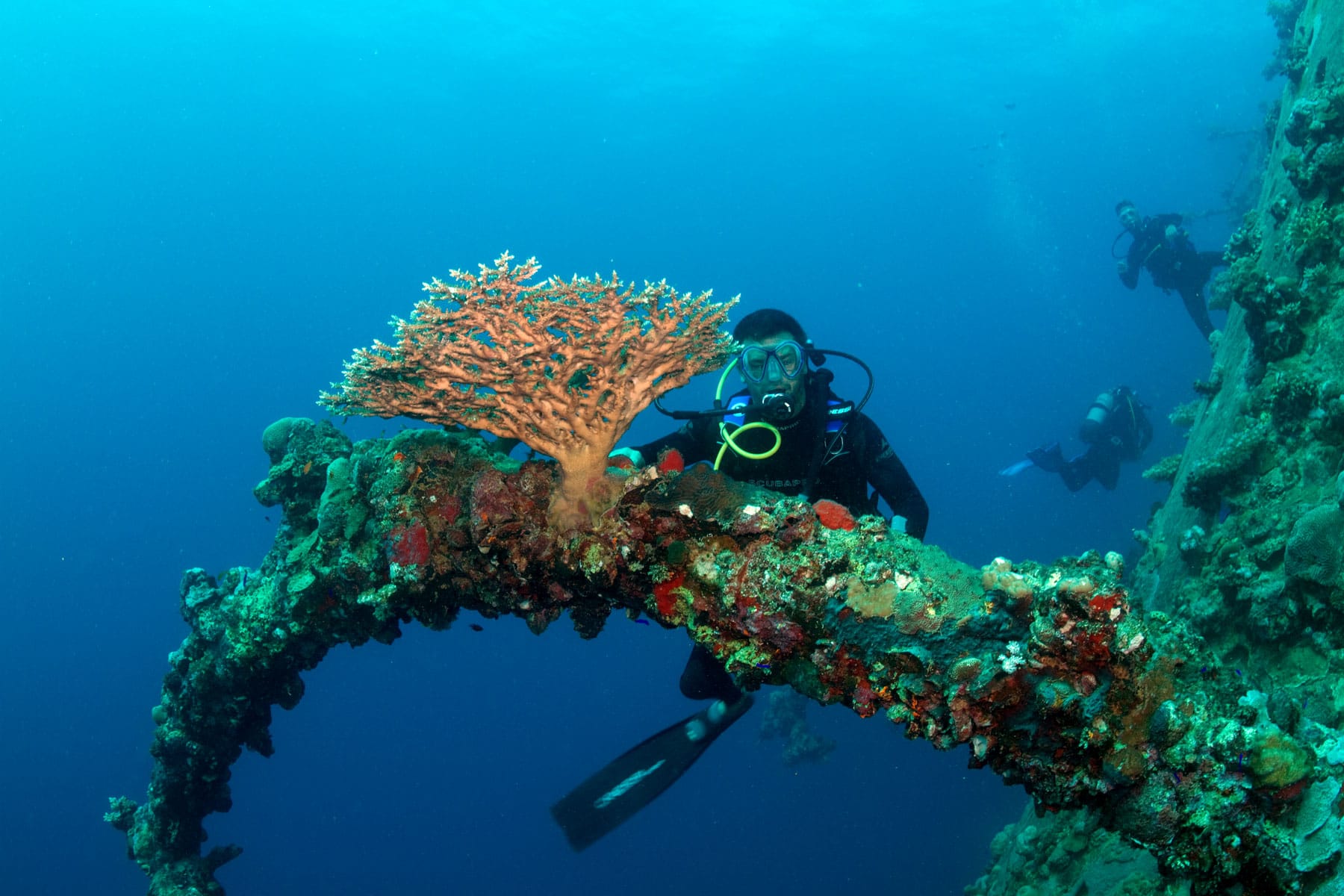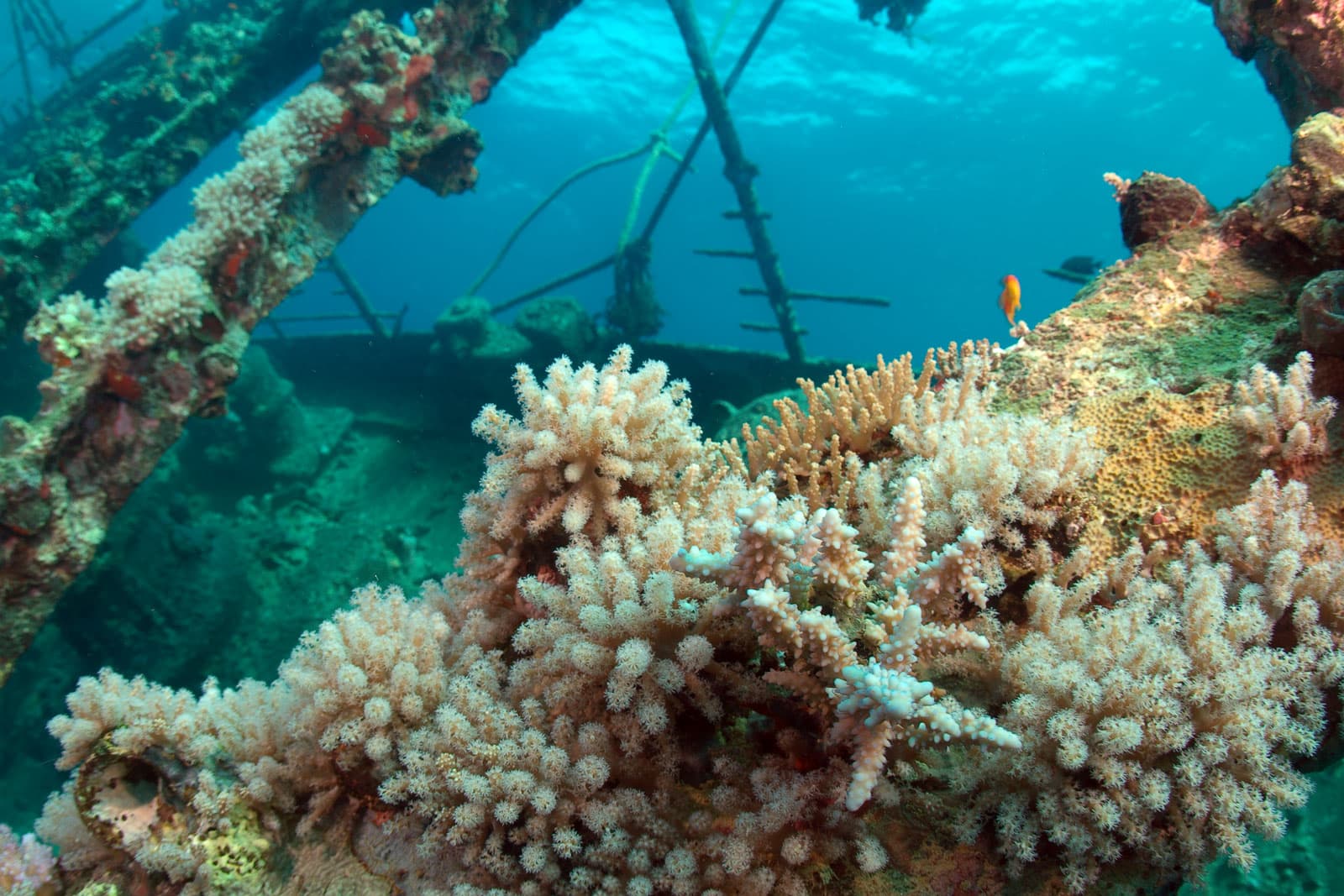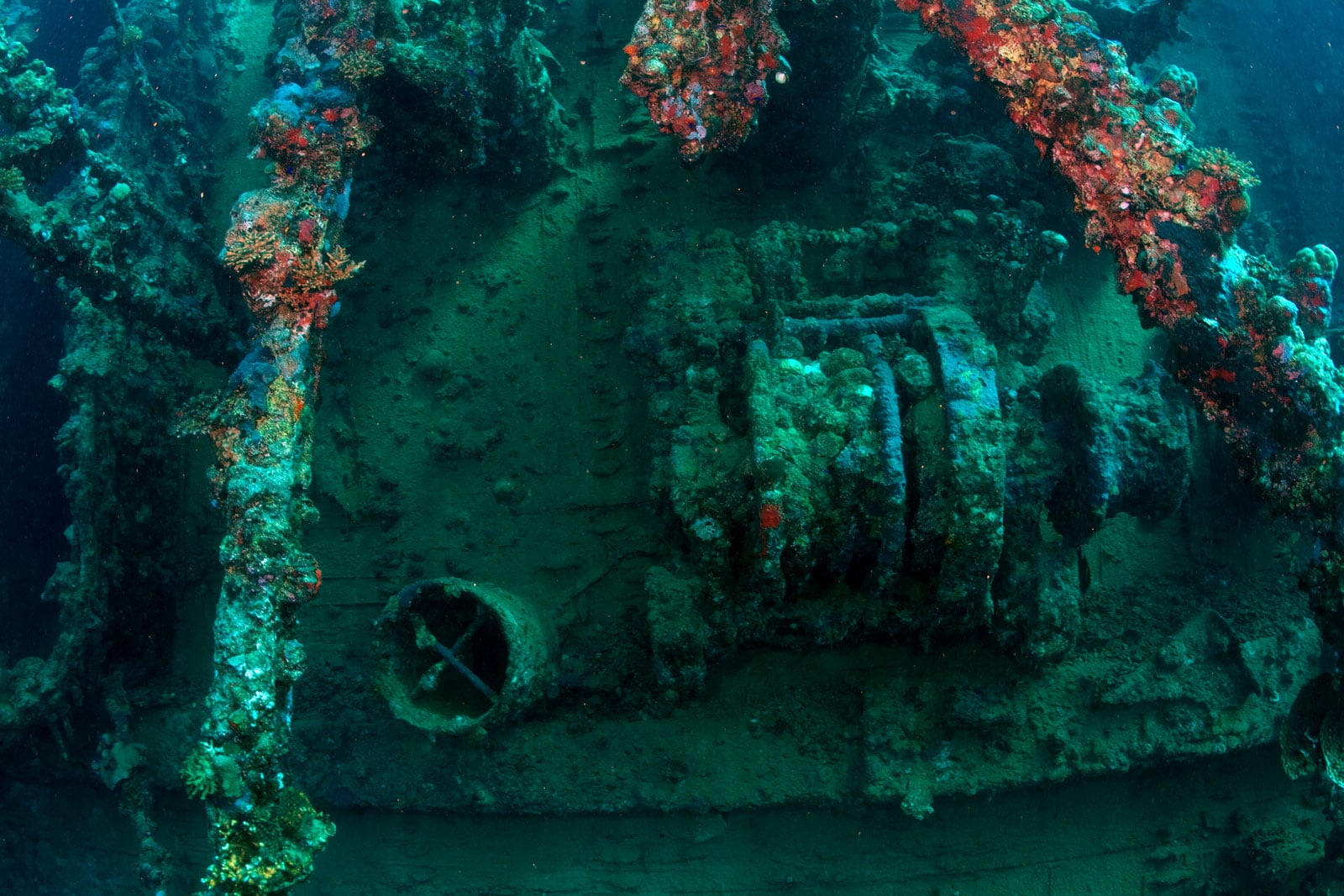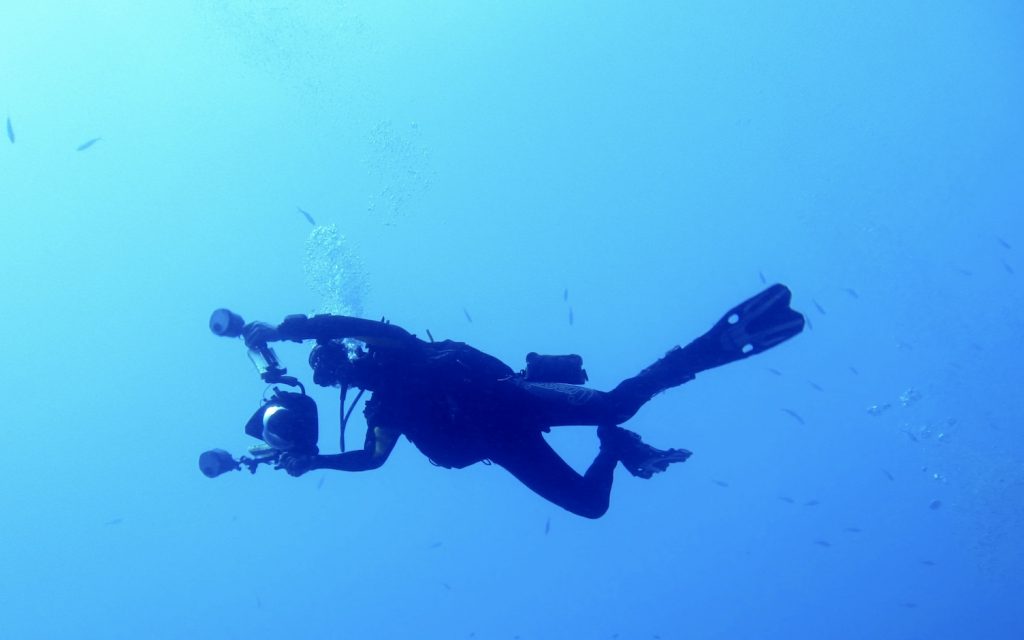The Lost Continent of Atlantis – The Red Sea
The reefs of Egypt and Sudan
The Red Sea is a laboratory of evolution and very significant for understanding adaptation processes; indeed, the high endemism ratio is a consequence of the isolation and recolonisation processes during sea level variations in the past. The deep waters of the Red Sea (more than 2000mt) formed through sinking of surface waters in the north resulting in the worldwide warmest deep waters of 20.5-21.5 ° C (compared to the 2°C of the oceans) with shallow water species of the Indian Ocean adapting to high pressure and reaching their highest depths within their distribution limits. The only natural connection between the Red Sea and the rest of the Indian Ocean is Bab el Mandeb, a narrow strait that transitions into the Gulf of Aden. Because of only slow and restricted water (and larval) exchange between this sea and the remainder of the Indo-Pacific region as a whole, the Red Sea reefs have developed an unusually high tolerance to the extreme temperatures, salinity, and occasional turbidity (caused by huge seasonal dust storms) that occur in the region.
Red Sea fringing reef platforms are over 5000 years old, and the entire coastal reef complex extends along some 2,000 km (1,240 miles) of shoreline. Most such reefs grow directly from the shoreline. The dominant, most actively growing corals include most notably highly branched species of the genera Acropora and Porites. The Red Sea also contains numerous offshore reefs that defy classic reef type categorization, as atoll-like rings of coral, elongated coral ridges that rise abruptly from considerable depths on both sides, and peculiar complex reef patterns of odd shapes. Coral reefs are particularly well developed in the north and central portions (off the coasts of Egypt, Saudi Arabia, Sudan). Such formations are almost certainly the result of the active and unusual tectonic forces that have been at work here for millennia and continue today. As the African and Arabian continents slowly rift apart, new oceanic crust is formed and slowly but surely the Red Sea is gradually widening. The tectonic forces at work are most evident in the deep narrow trench (Rift Valley) that runs most of the length of the sea at its center, reaching a maximum depth of over 8,600 feet (2,600 m) below sea level. Still, many Red Sea coral reefs situated near urban centers and other developed parts of the coast have been heavily damaged or lost due to the predictable effects of poorly planned or regulated population expansions and coastal development, along with associated declines in water quality.
Sudan is a country located in northeastern Africa, from the Arabic expression bilād al-sūdān (“land of the blacks”). Since ancient times the Sudan region has been an arena for interaction between the cultural traditions of Africa and those of the Mediterranean world. The Nile River played a large part in the development of Sudan as many groups migrated to the area to reap the benefits of its fertile soil and abundant resources. Most of our knowledge of the region comes from #Egyptian scripture, which labels the area as Kush and speaks of great economic ties between the two territories in ancient times, but also political conflict when the Egyptians attempted to invade. The Kingdom of Kush evolved into the Kingdom of Meroe, the remains of which can be seen in the Pyramids of Meroe, located in the east of the country. Egypt conquered the region in the 1820s. Sudan is an extremely heterogeneous country, being home to over 500 different tribes. Each tribe has its own distinctive ethnicity and many even have their own language. Foreign influences of Egyptian and British colonial rule results in music, clothing, and cuisine.
Sanganeb Marine National Park, 25km off the shoreline, is a coral reef on the Red Sea, renowned for its coral reefs, which are said to be the best in the world. The park comprises Sanganeb reef, the sole atoll on the Red Sea, Dungonab Bay, and Mukkawar Island (125km North of Port Sudan)
Sanganeb is a habitat for marine mammals, seabirds, turtles, sharks, dolphins, manta rays, and barracudas. About 86 coral species in 35 genera are recorded in the Sanganeb.
The recent history of Europe’s WWII is witnessed in the waters of Sudan by the wreck of the #Umbria. Built in Hamburg, the Umbria was launched on December 30, 1911. She was powered by two 6-cylinder compound steam-engines, producing 4,300 horsepower and enabling her to cruise at a top speed of 14 knots.
She was a large passenger-cargo vessel with a length of over 150m and capable of carrying over 2,000 passengers and 9,000 tonnes of cargo. After a service between Europe and Argentina, she was purchased by the Italian government in 1935 and was renamed “Umbria”. She was refitted as a troopship and ferried thousands of troops to various colonies in East Africa for the following two years then she was sold to the Triestino Line in 1937. The Umbria was then employed between Italy and various Mediterranean and Red Sea ports.
In May, 1940 the Umbria was loaded with various war-like commodities and ammunition such as 360,000 bombs, 60 boxes of detonators and other stores totalling 8,600 tons in preparation for the forthcoming Italian war effort and destined for troops already stationed in Italy’s East African colonies. Due to the entire body of the ship being so intact and missing hatch covers, it is easy to enter the hull and the cargo holds to get a glimpse at the sunken treasure. In one compartment lie undisturbed the aerial bombs, detonators, rolls of electric cable, wooden boxes and storage jars still sealed. There are also bags of cement with have now solidified and stand as cement blocks. And there are the amazing Fiat 1100 Lunga motorcars, still very much recognisable.
On her way to Eritrea, and eventually onward to Calcutta, on June 3, 1940 she arrived at Port Said and on June 6 she continued on. She was closely followed by the HMS Grimsby of the Royal Navy. When she got close to Port Sudan on June 9, the Grimsby forced the Umbria to anchor close inshore by Wingate Reef. After having anchored the ship, the New Zealand battle-cruiser HMS Leander arrived and 22 men (including the captain) boarded the Umbria searching for contraband and stayed onboard until the next morning. The Umbria’s captain was listening to his radio that morning and heard the news that Italy had formally declared war. He wanted desperately not to allow his precious cargo to get in the hands of the British and decided to sink the boat. They had to do it without the British getting wind of any of their activities. Although salvageable, it was decided the ship would be left alone as her cargo posed an awesome danger.
References.
Red Sea. Retrieved from http://redseabiodiversity.senckenberg.de/index.php/scientific-background/
Sanganeb Marine National Park. retrieved from https://www.worldatlas.com/articles/sanganeb-marine-national-park-sudan.html
Coral Reef Facts. Retrieved from https://www.coral-reef-info.com/red-sea-coral-reefs.html
Ancient Nubia. Retrieved from https://www.livescience.com/57875-ancient-nubia.html
